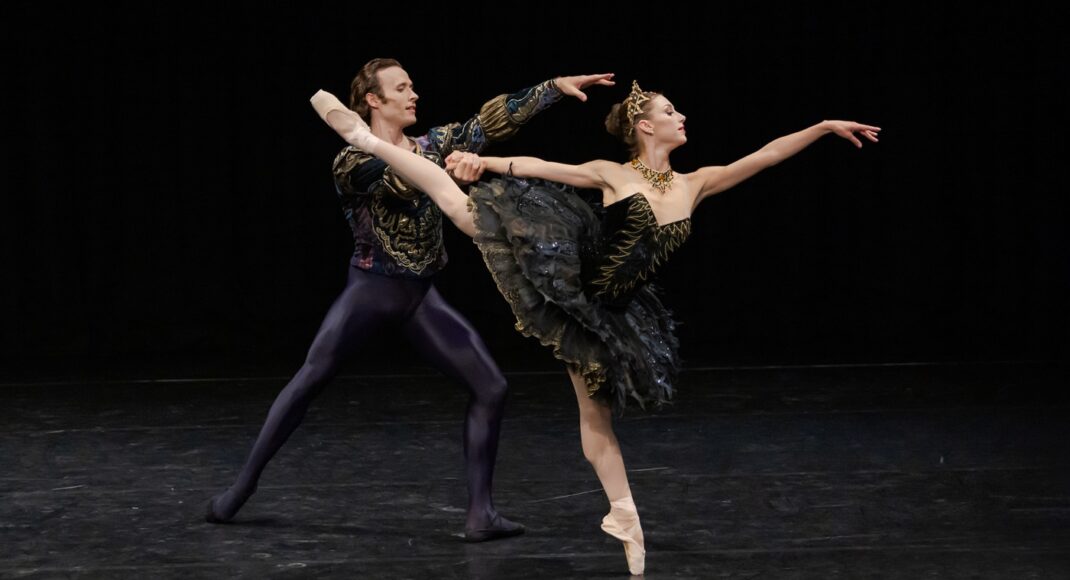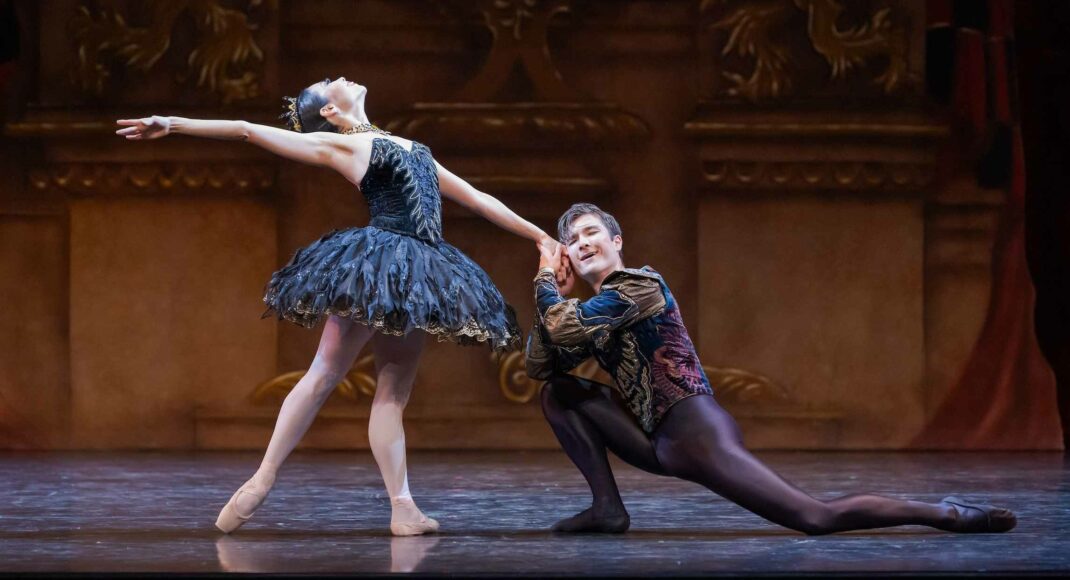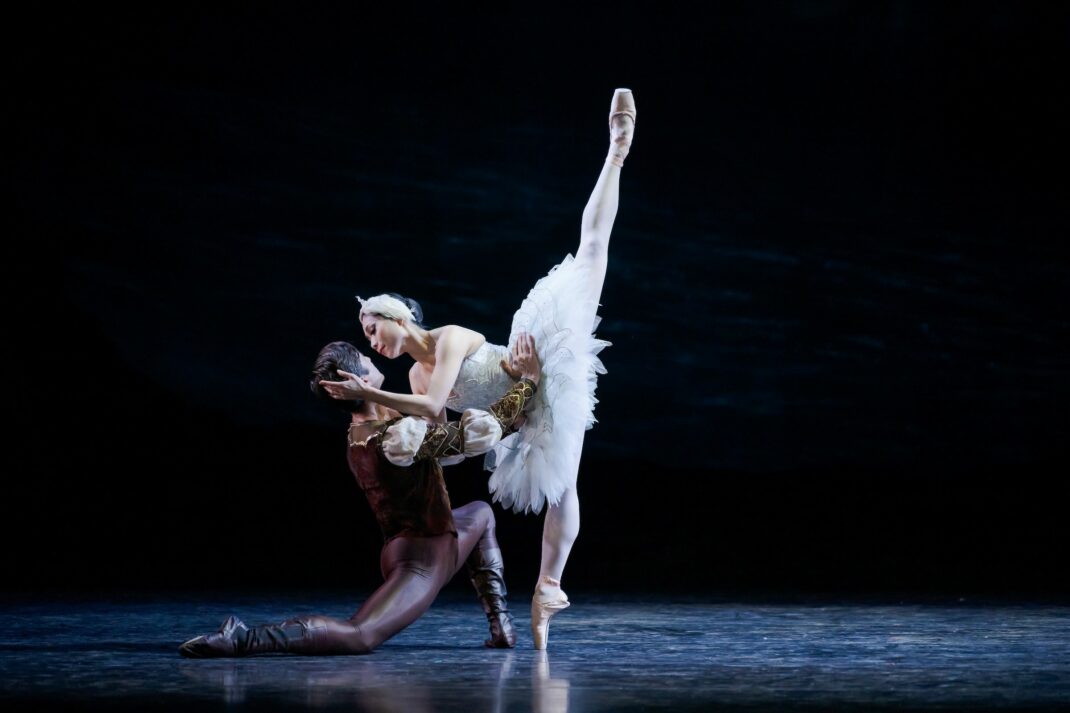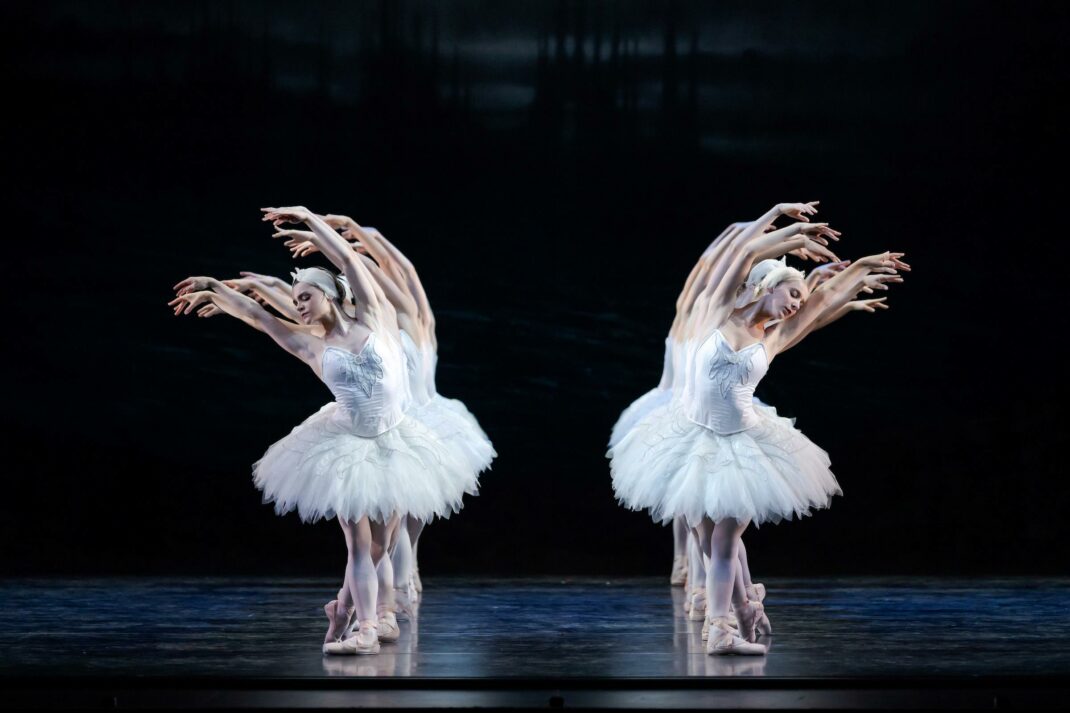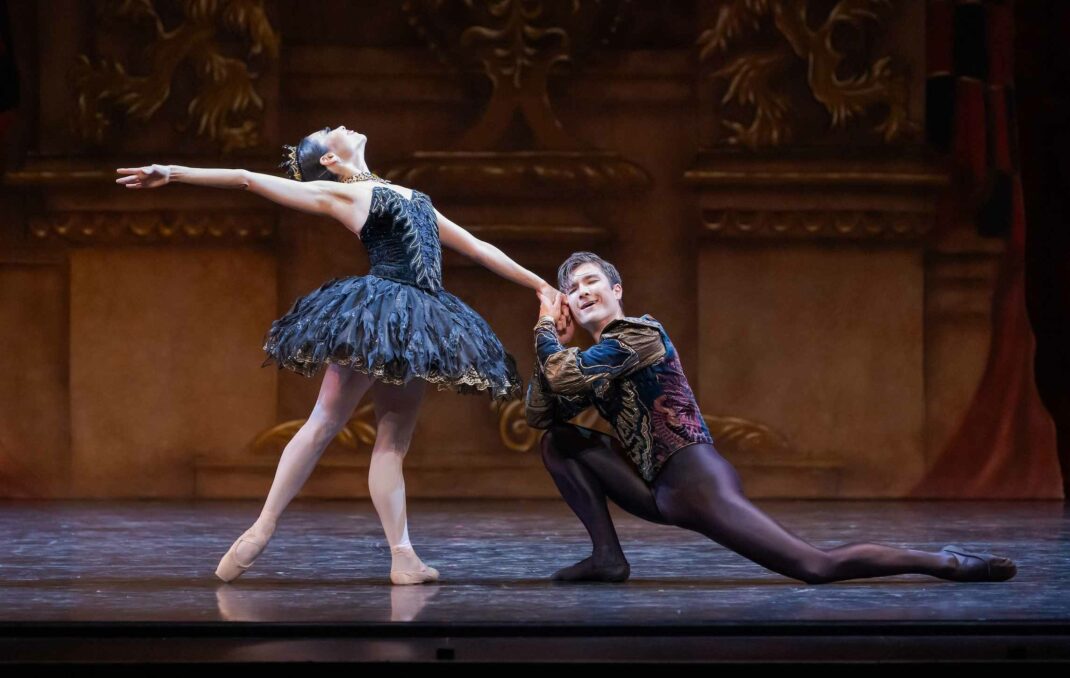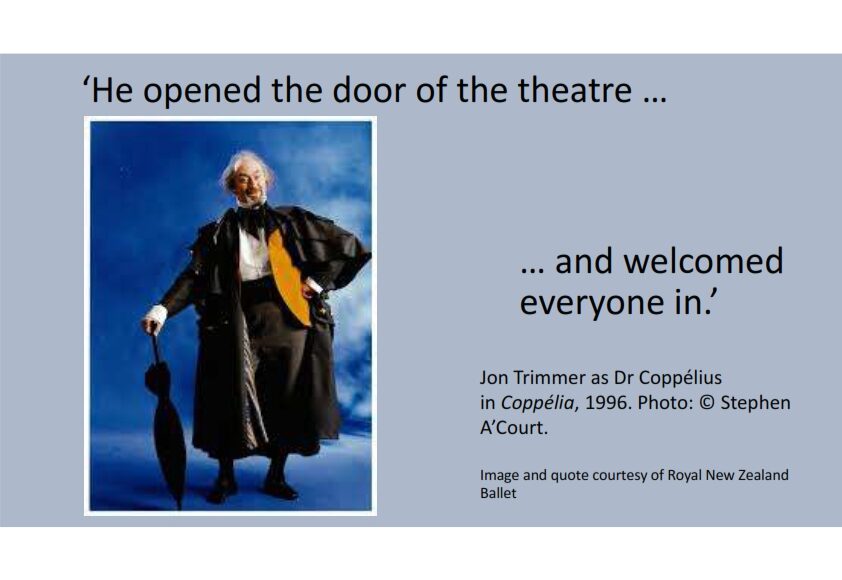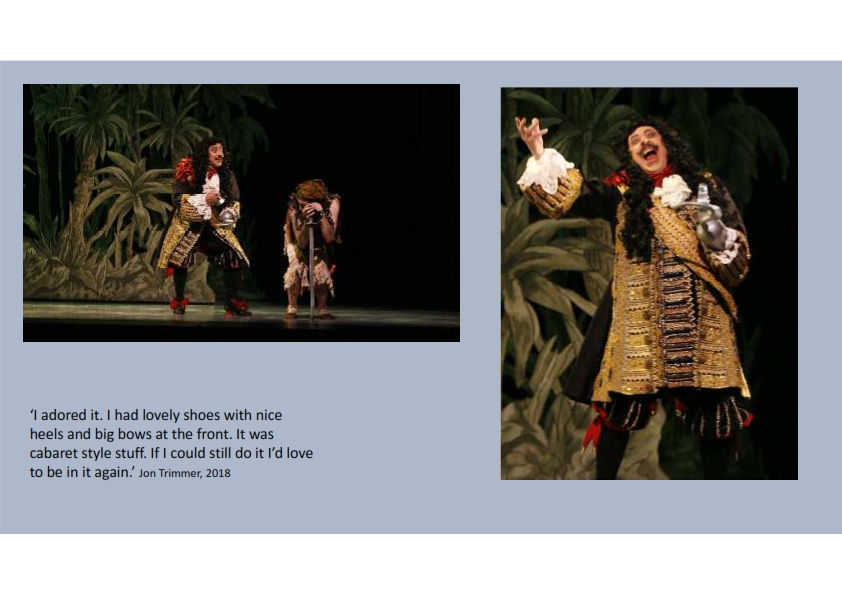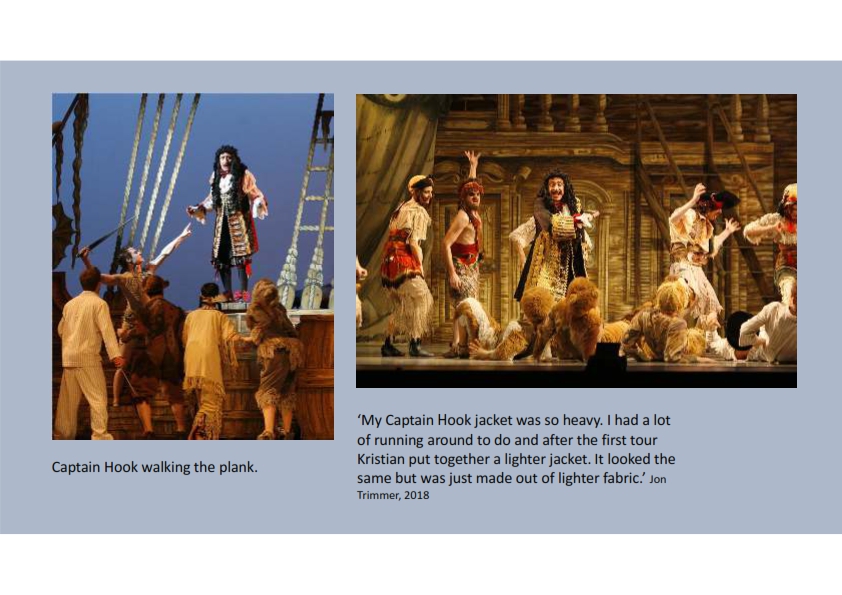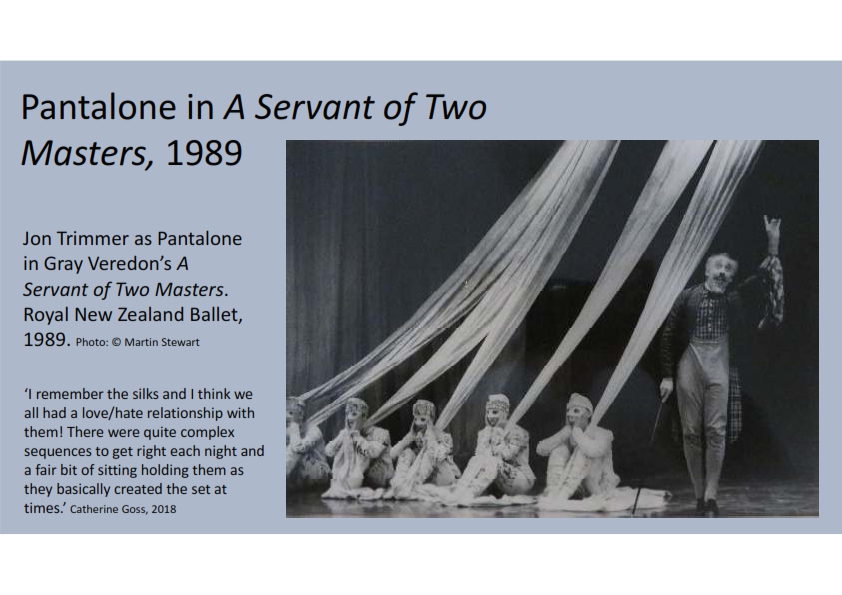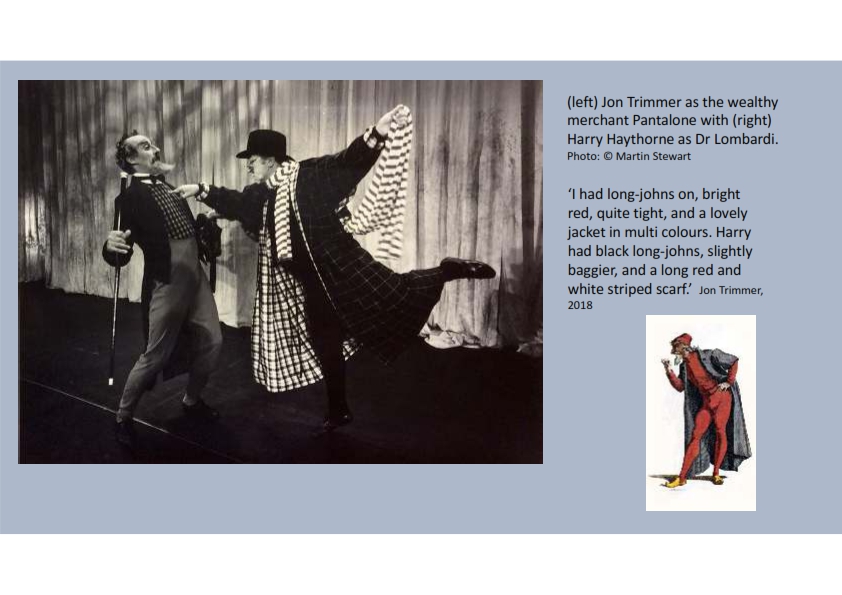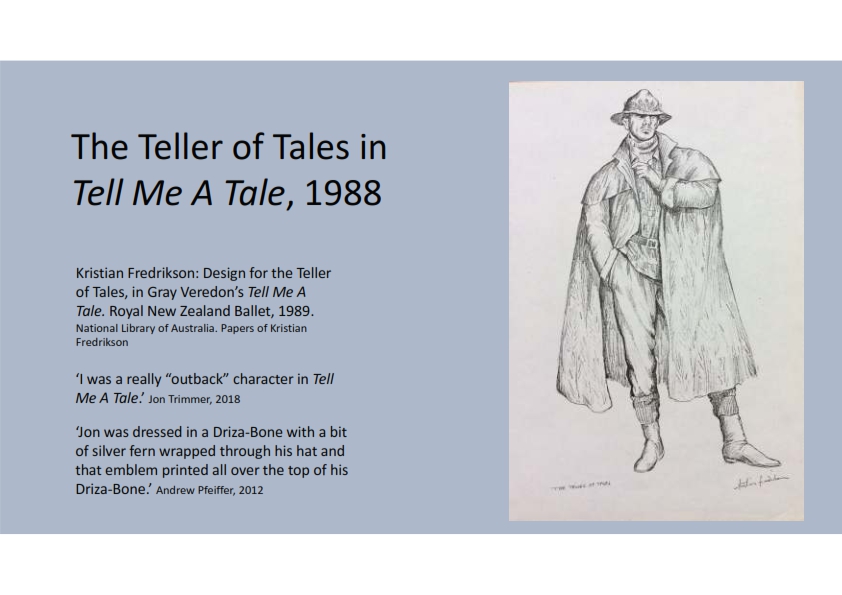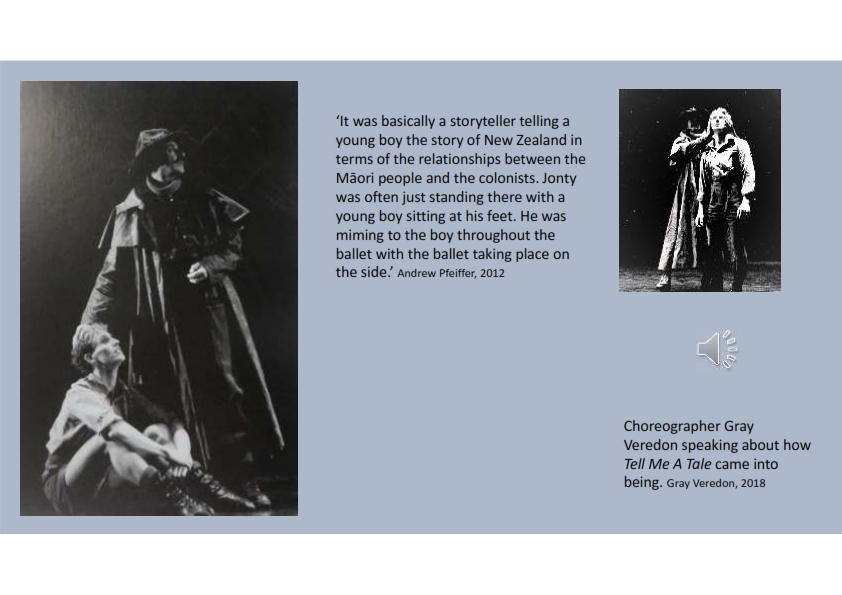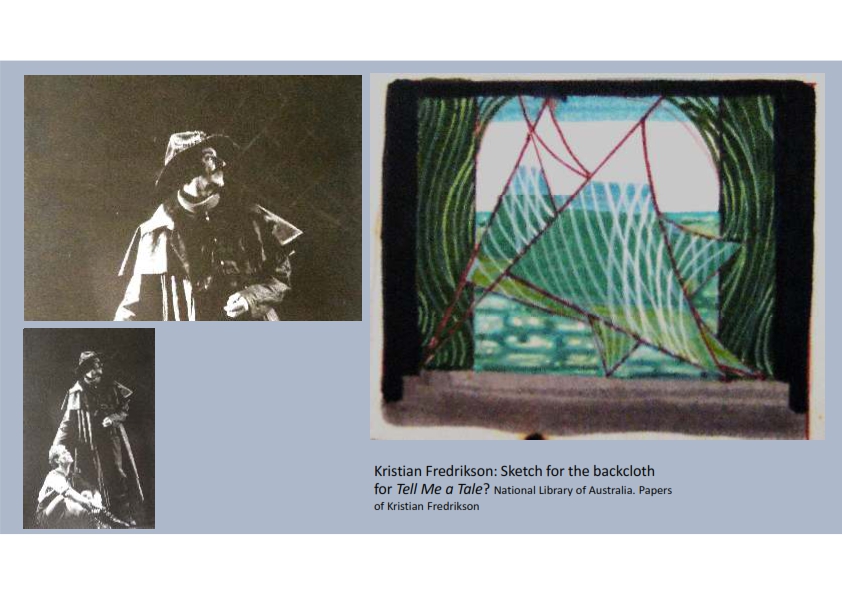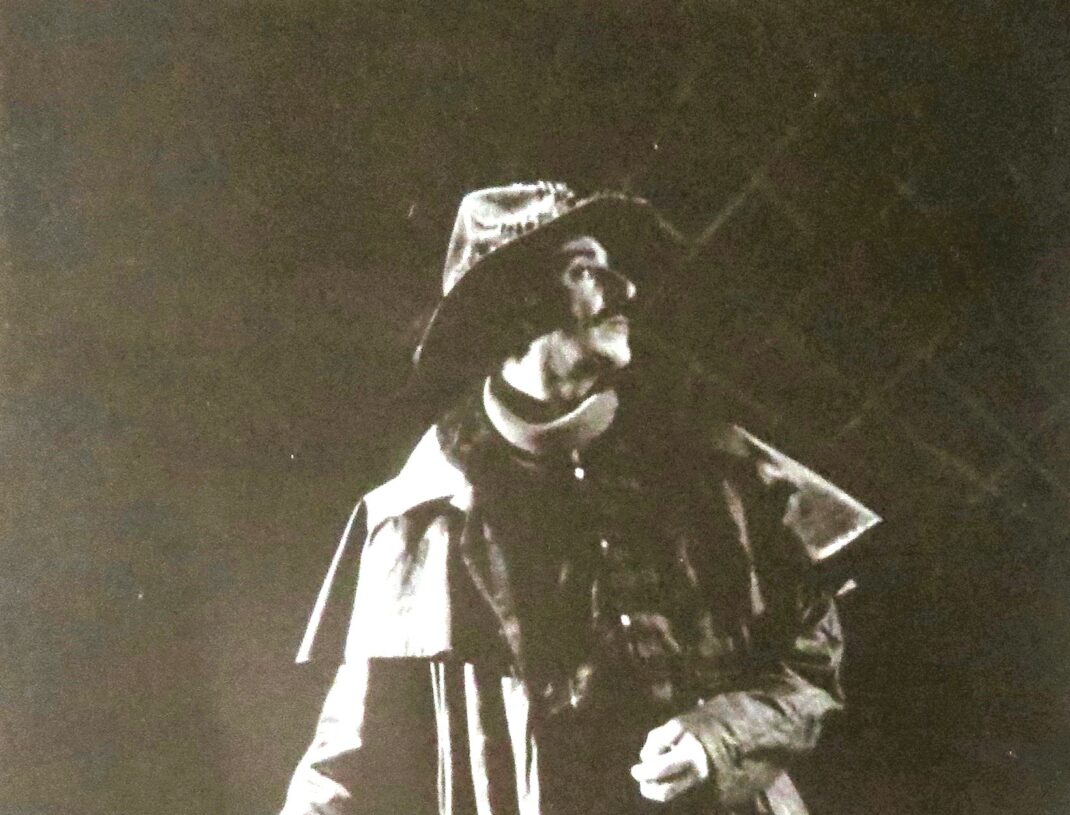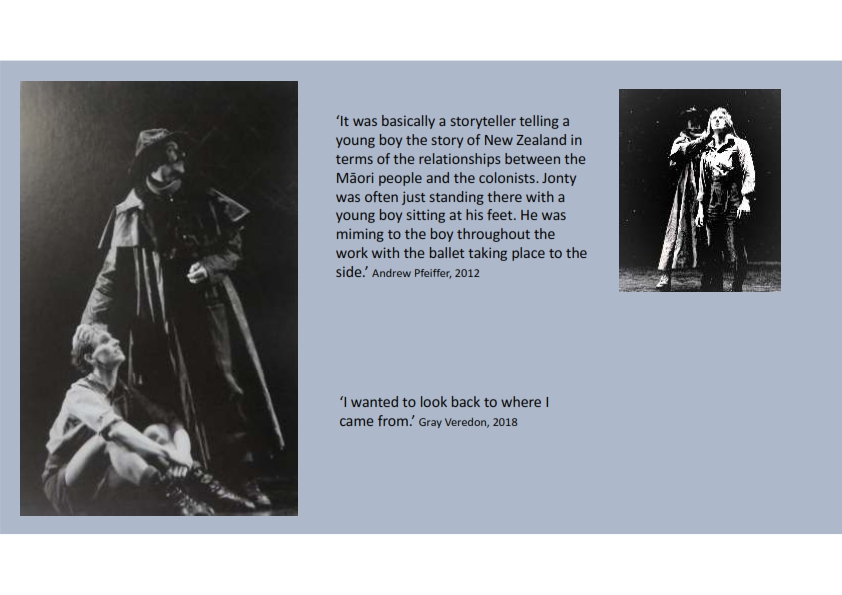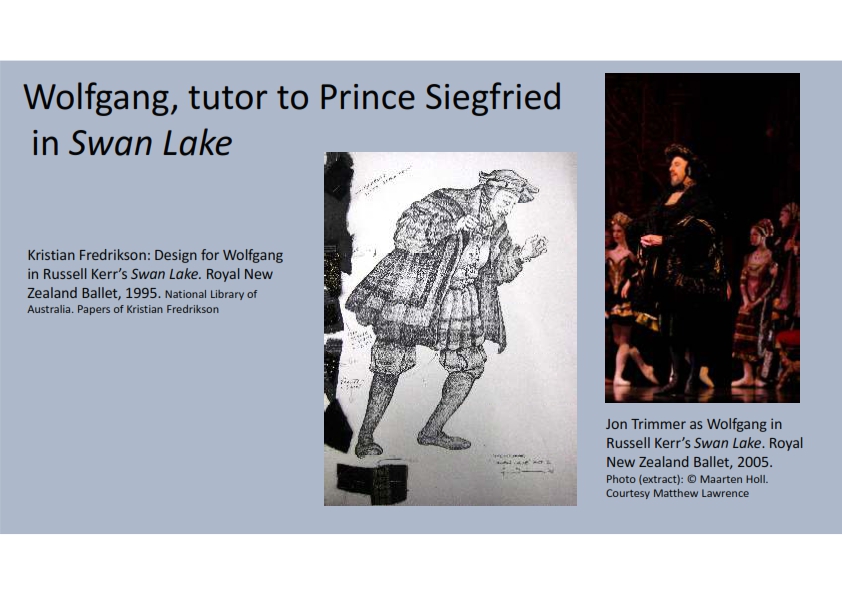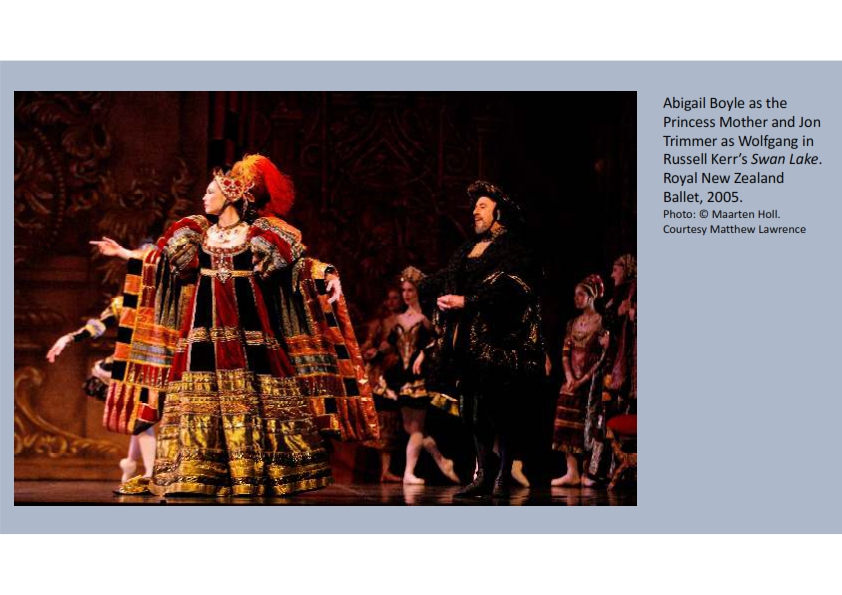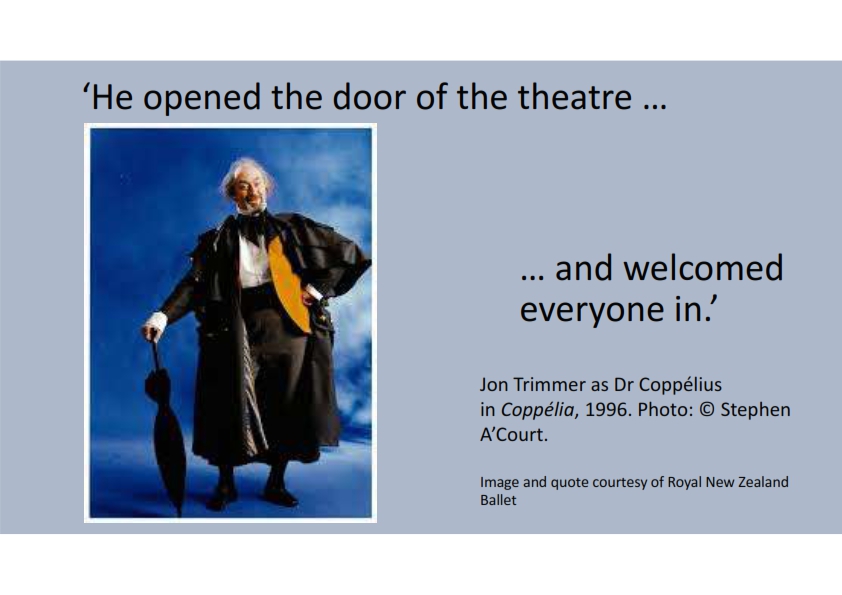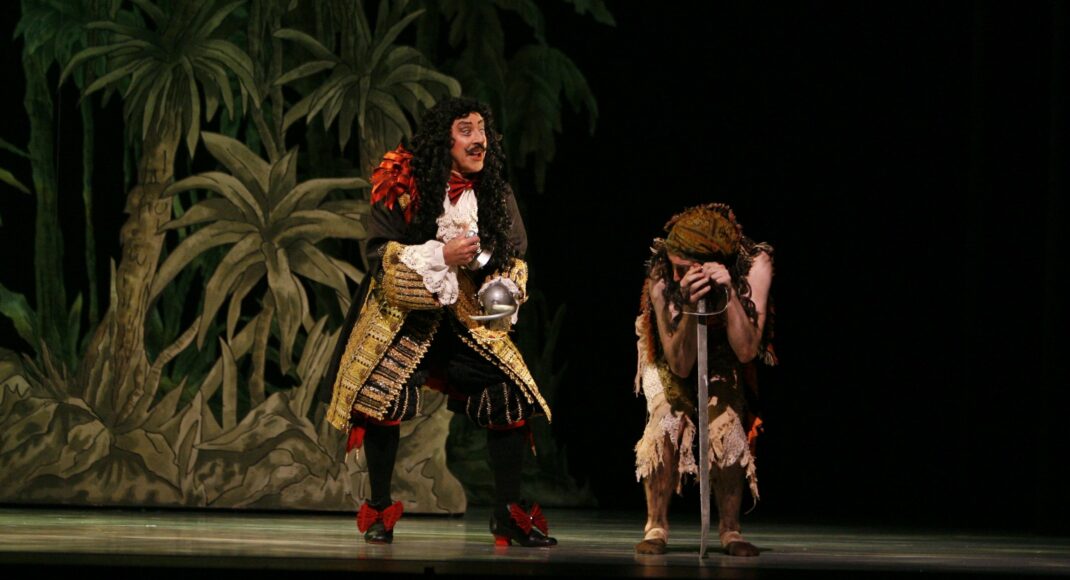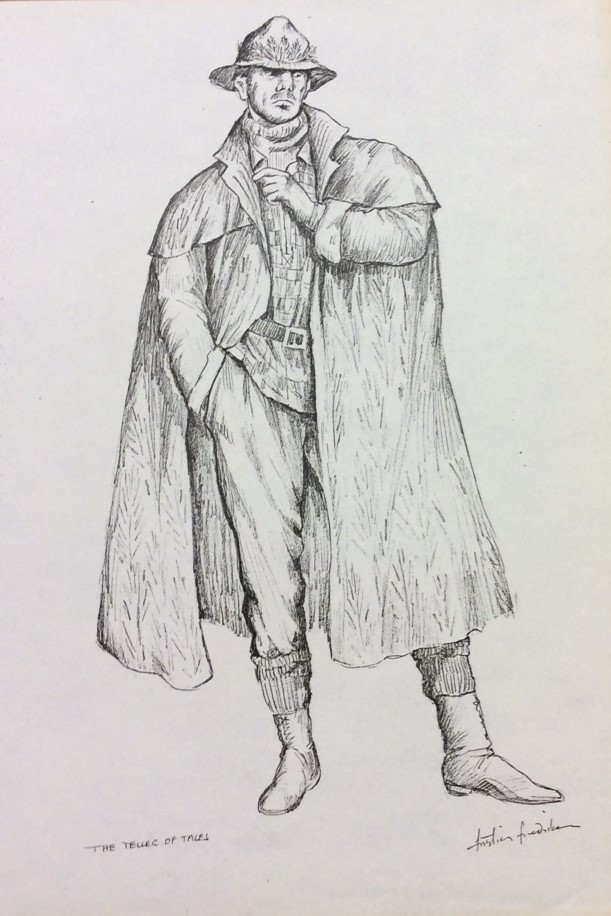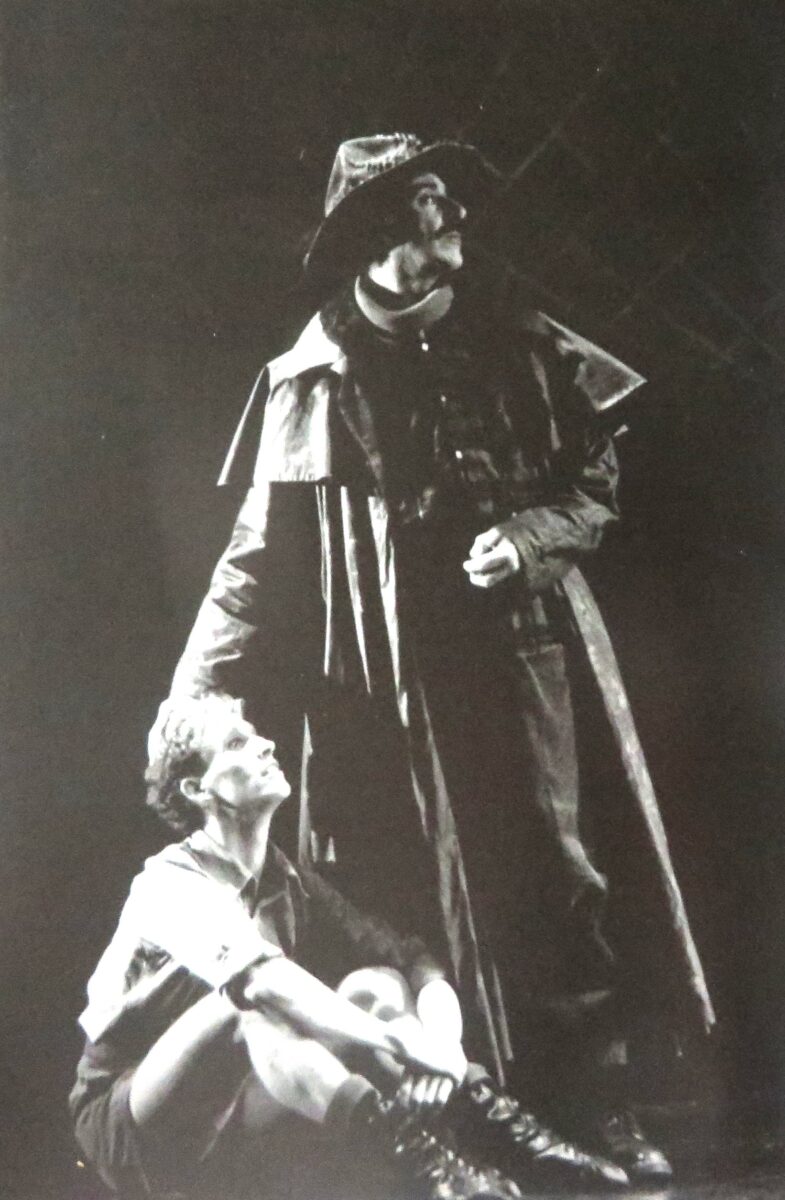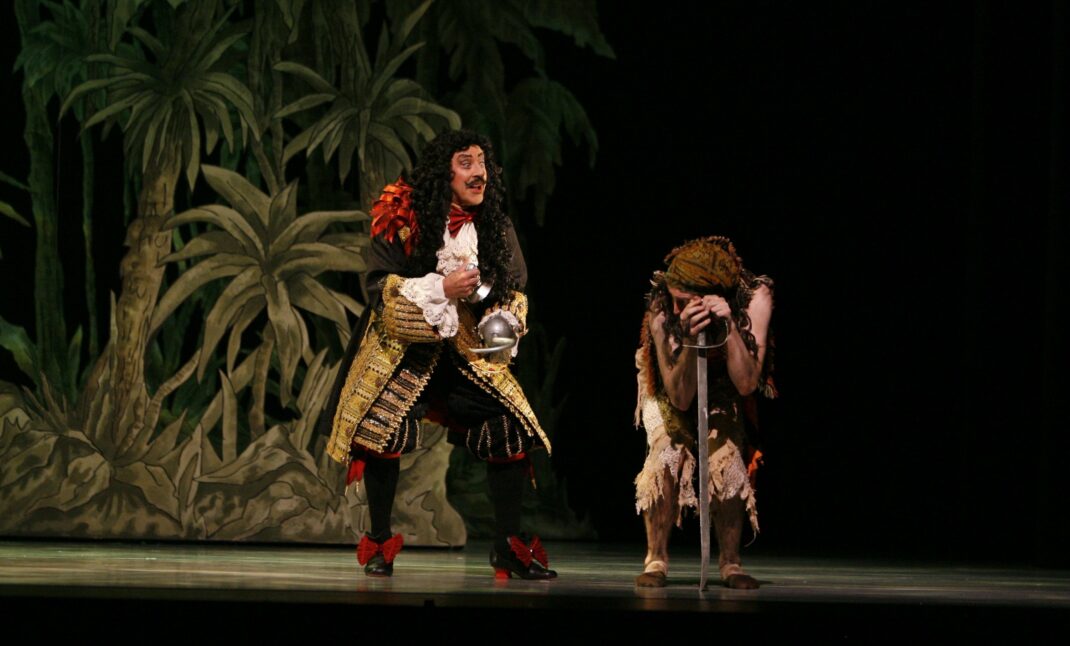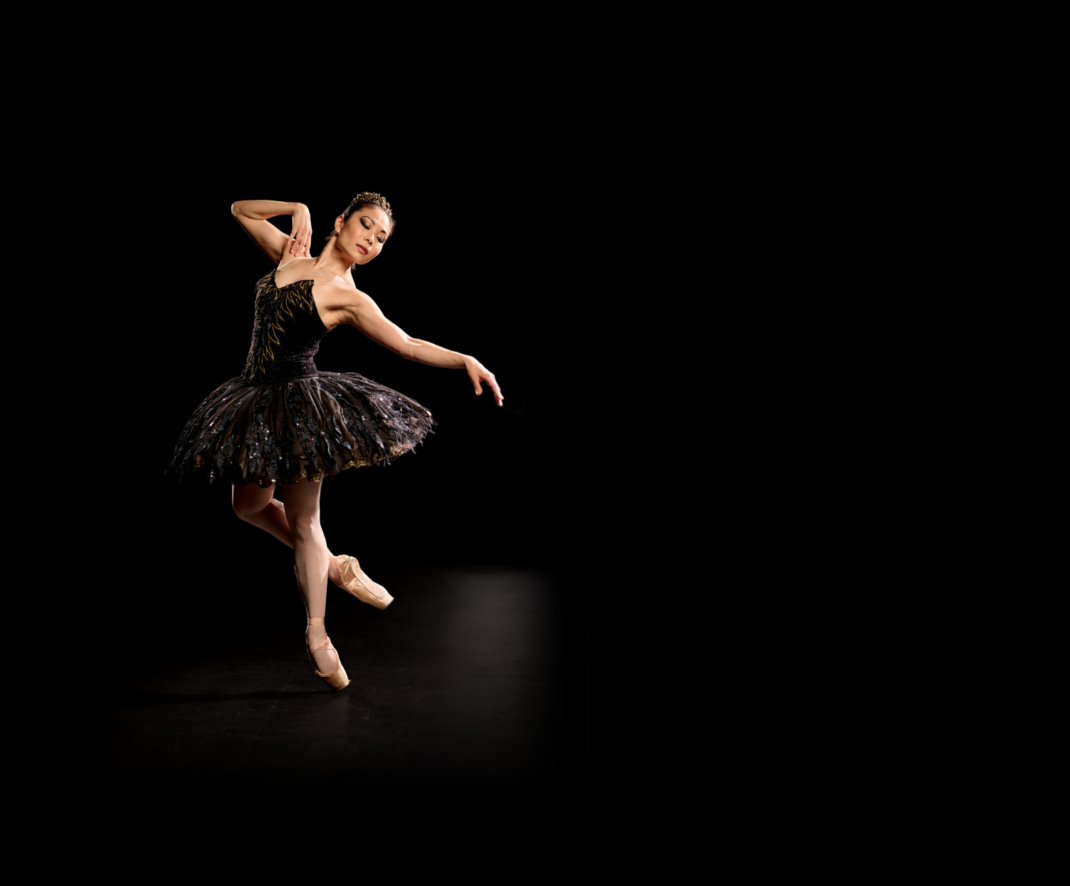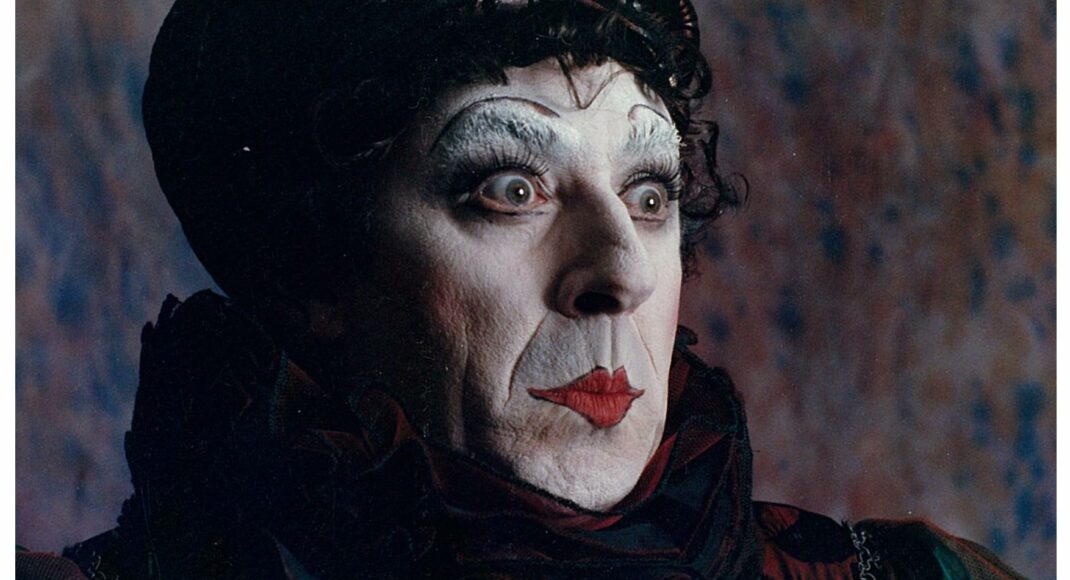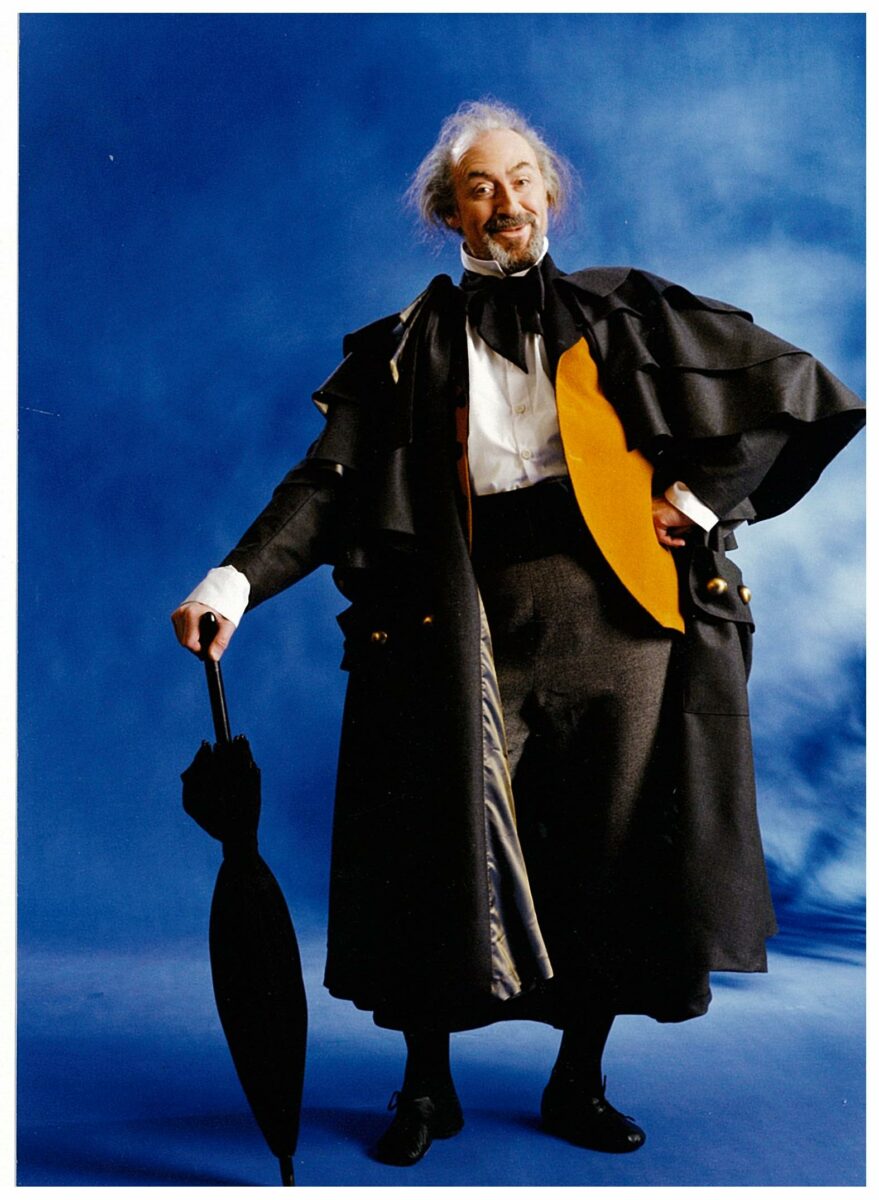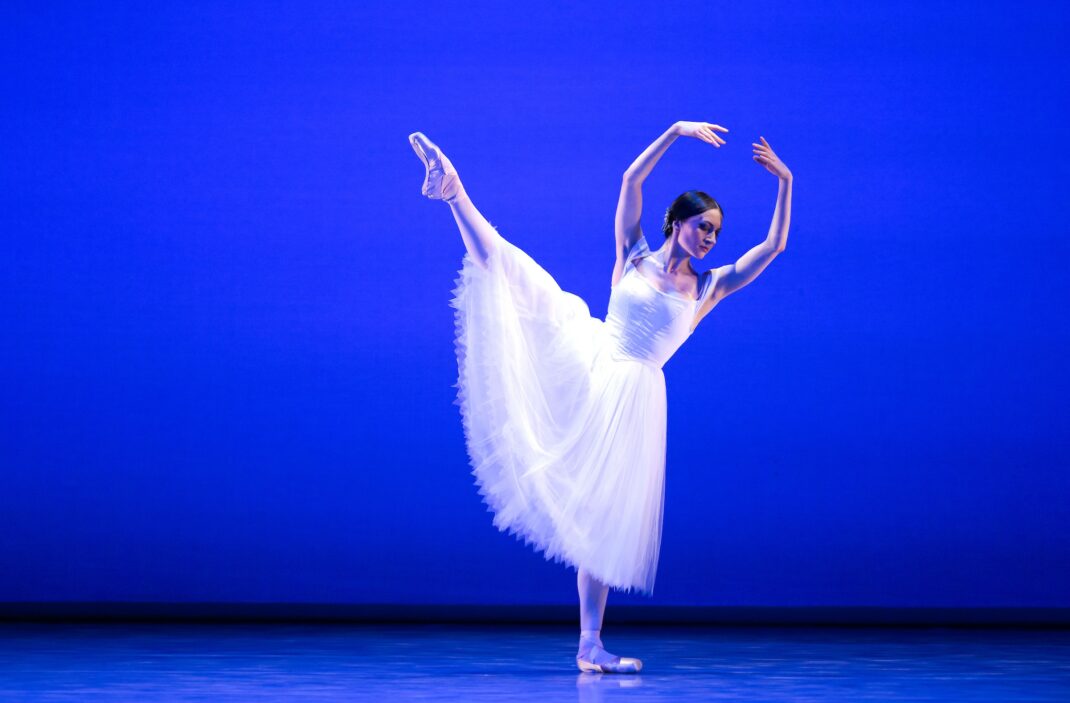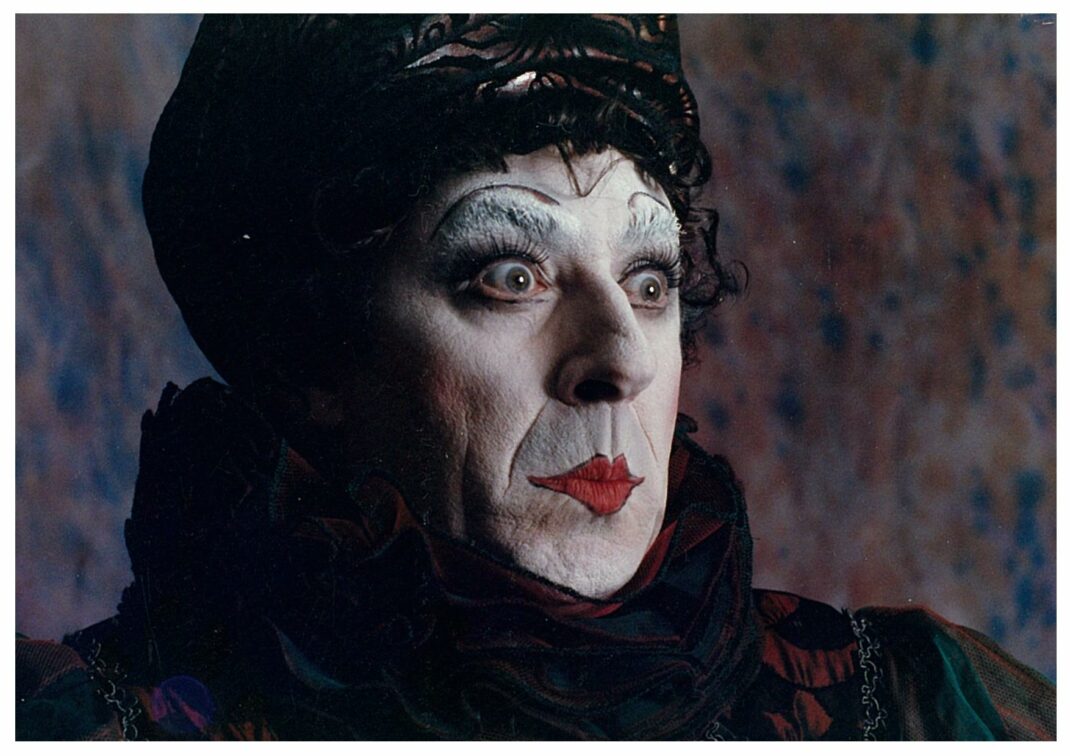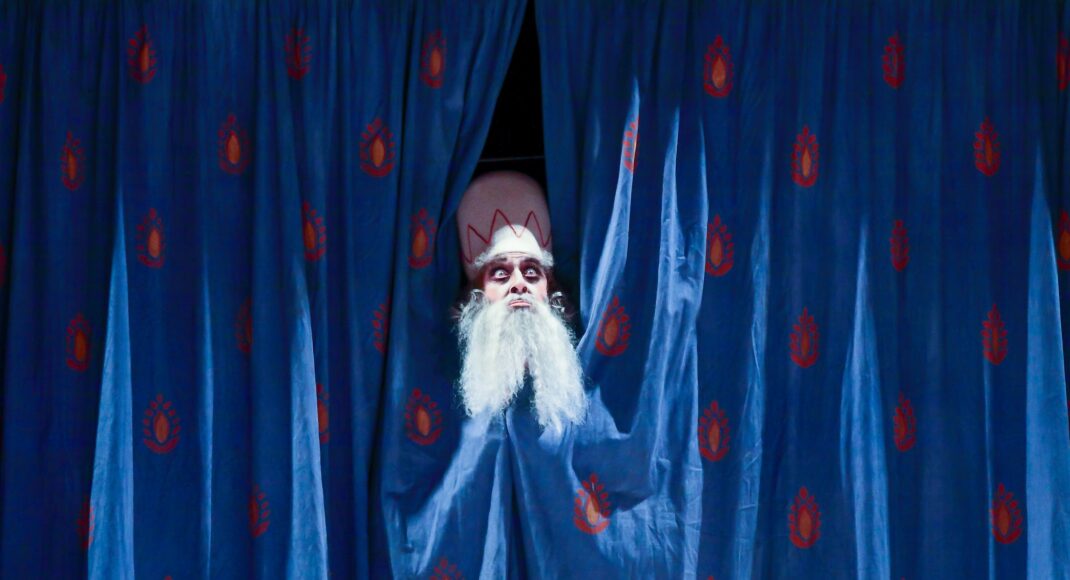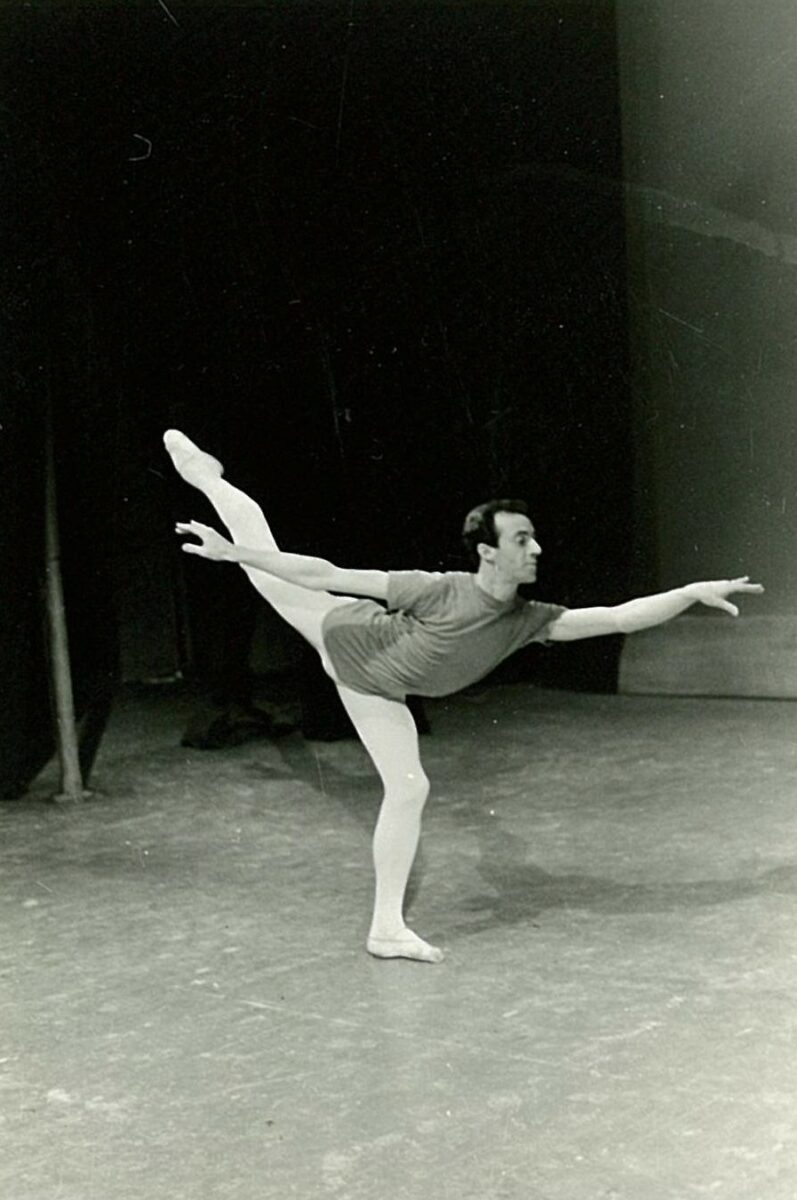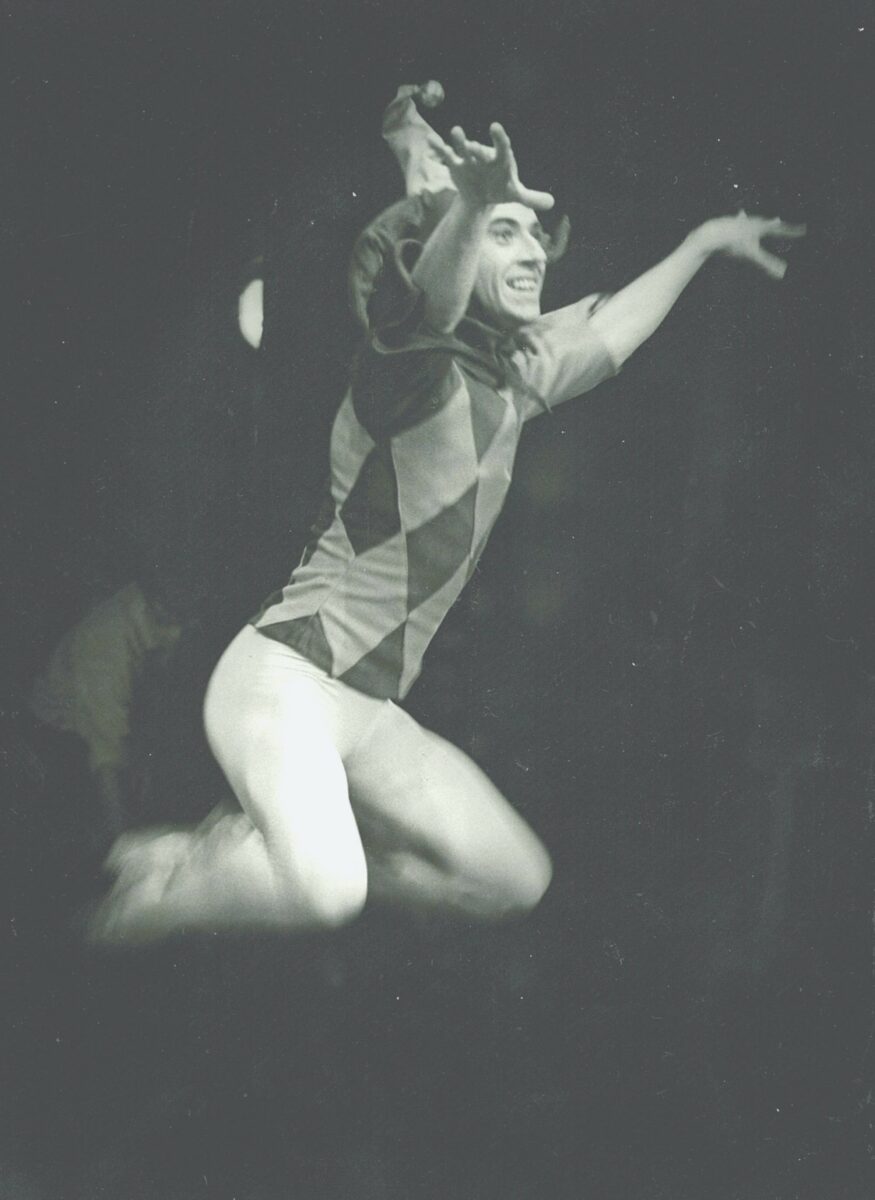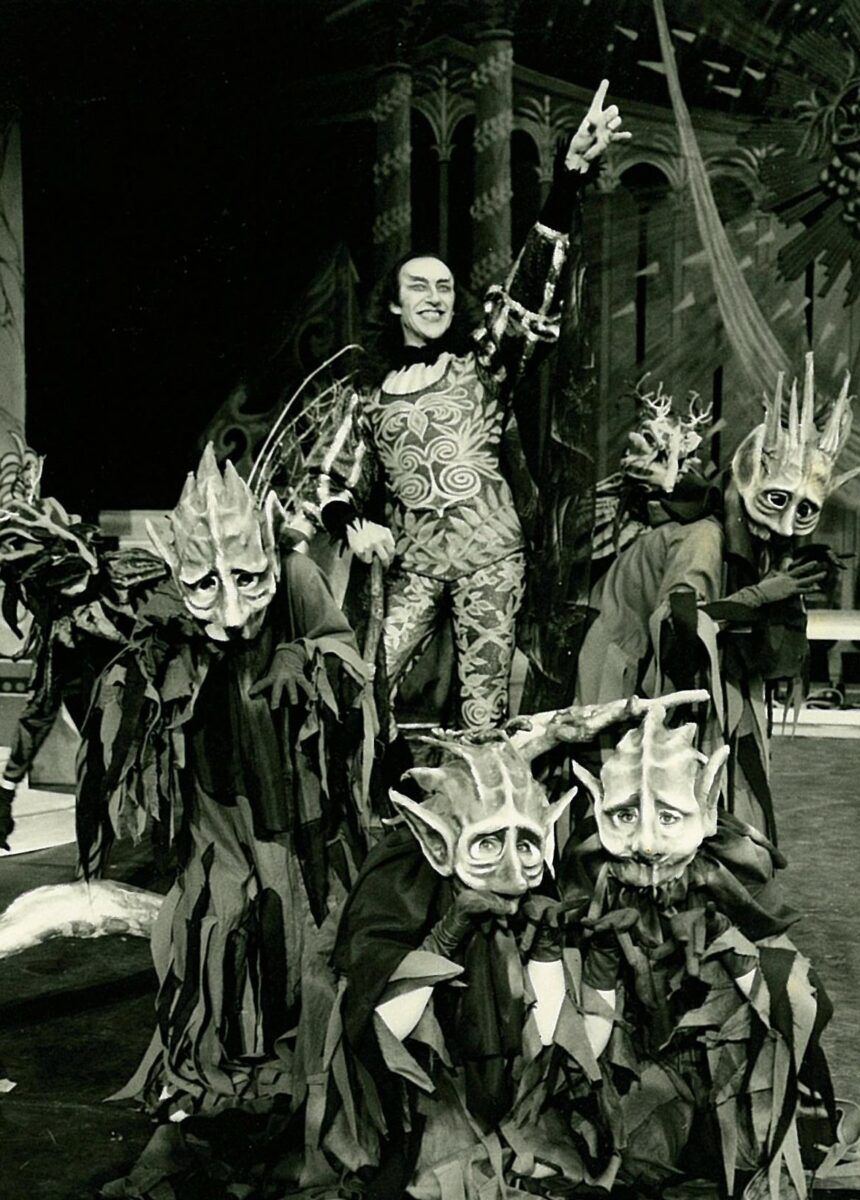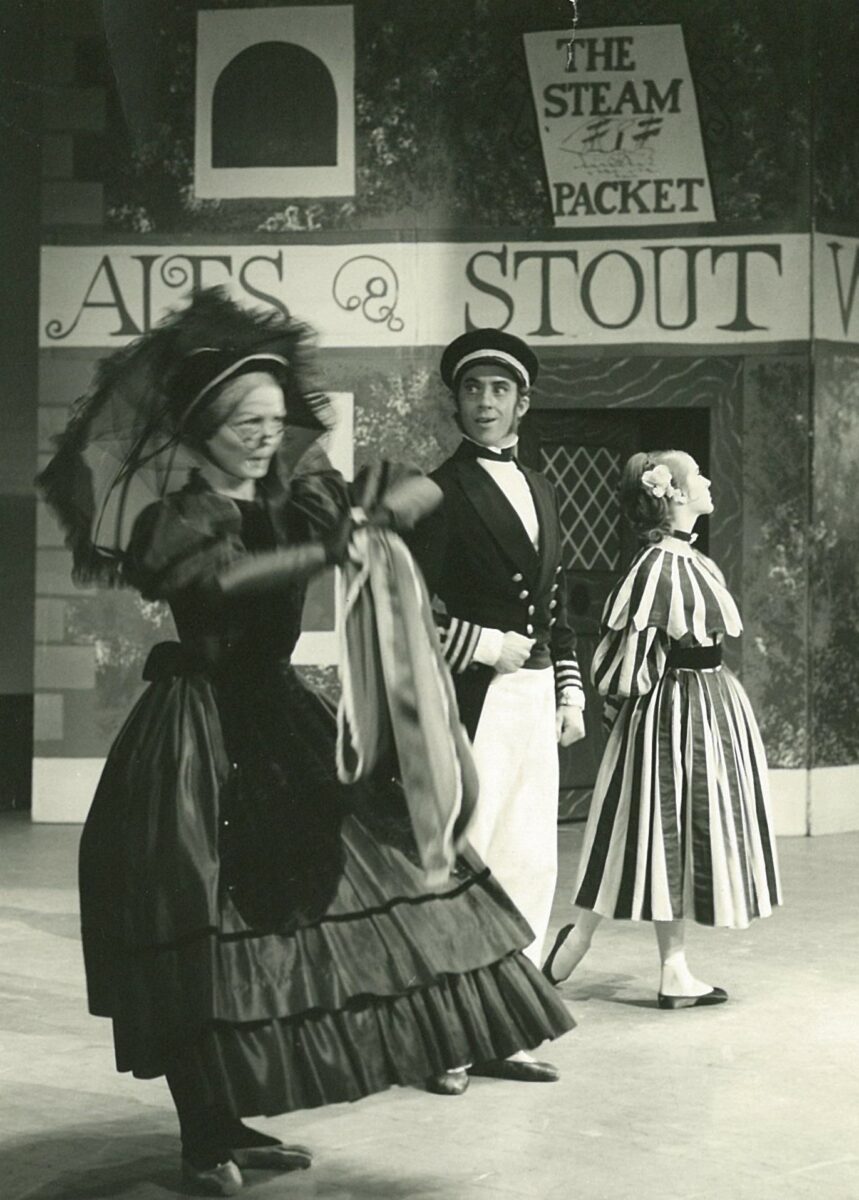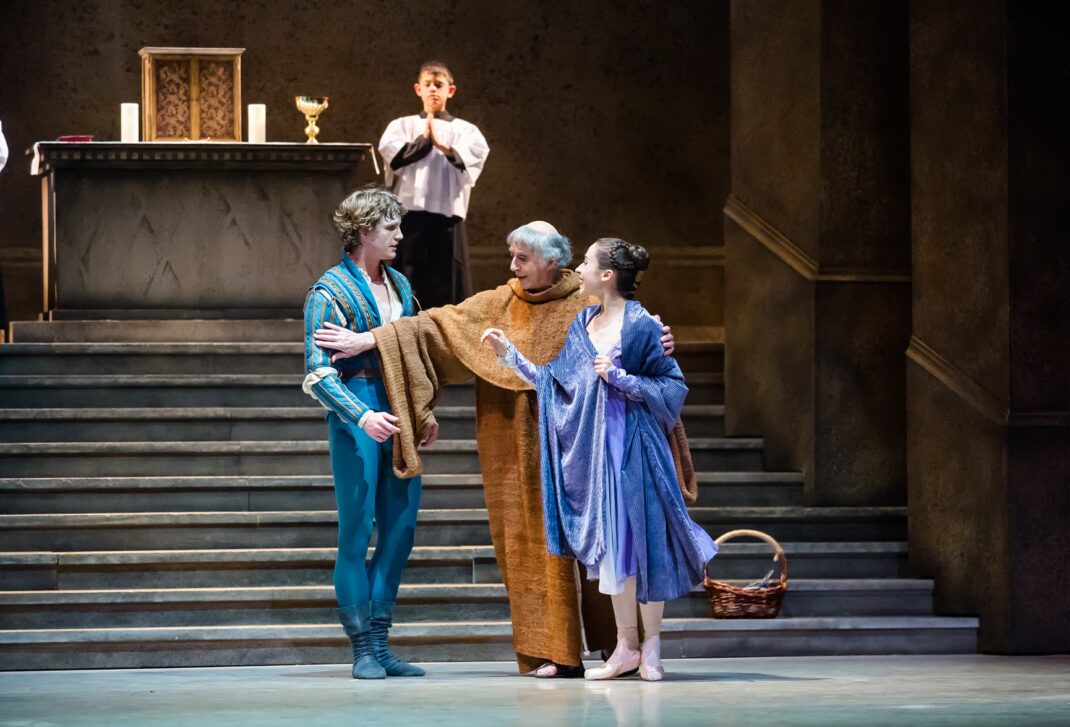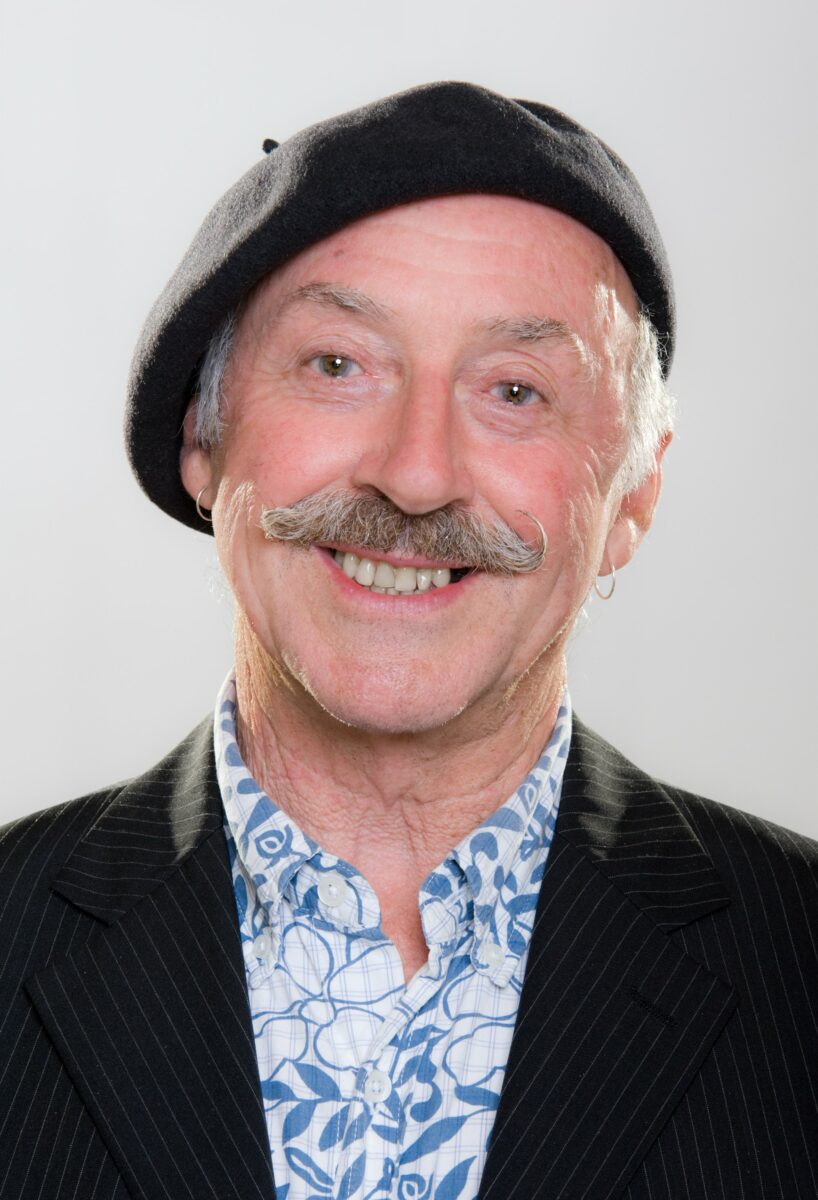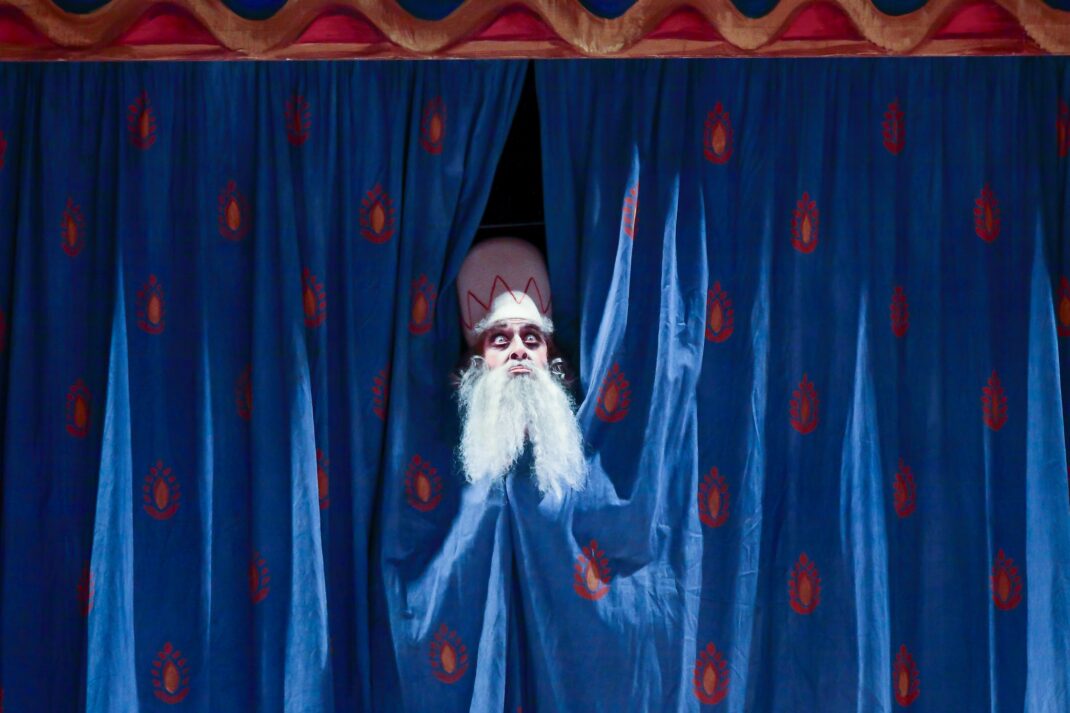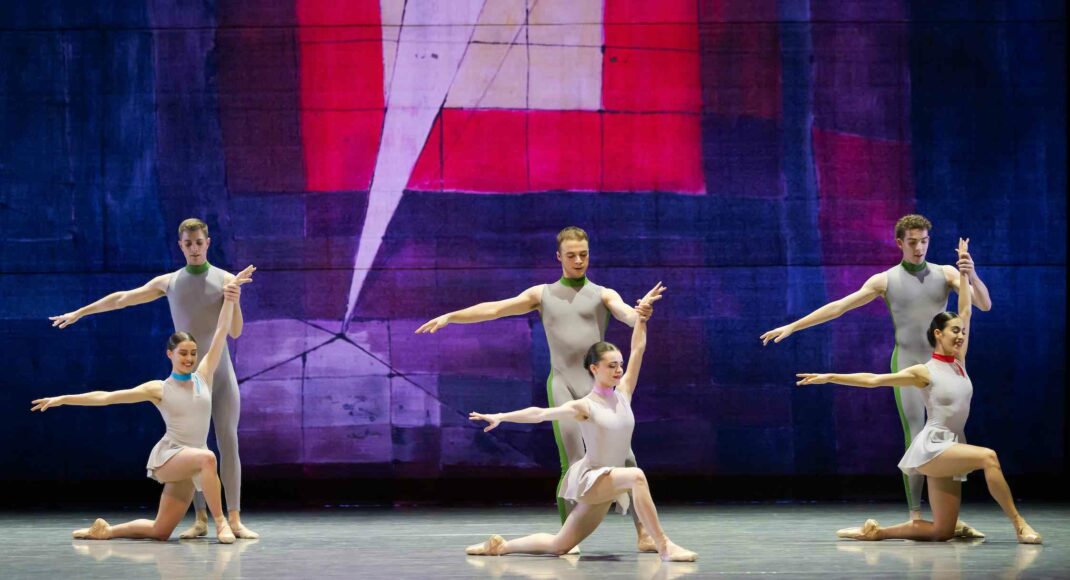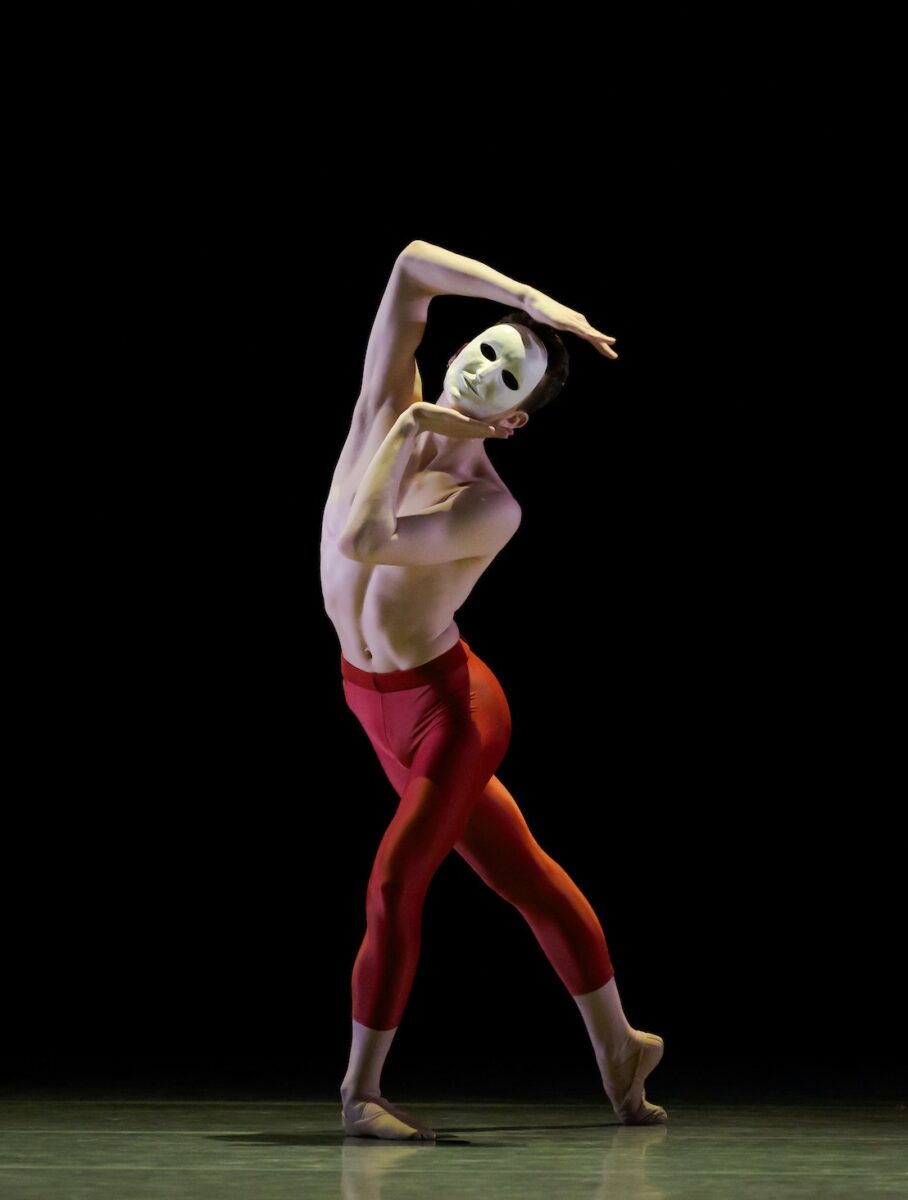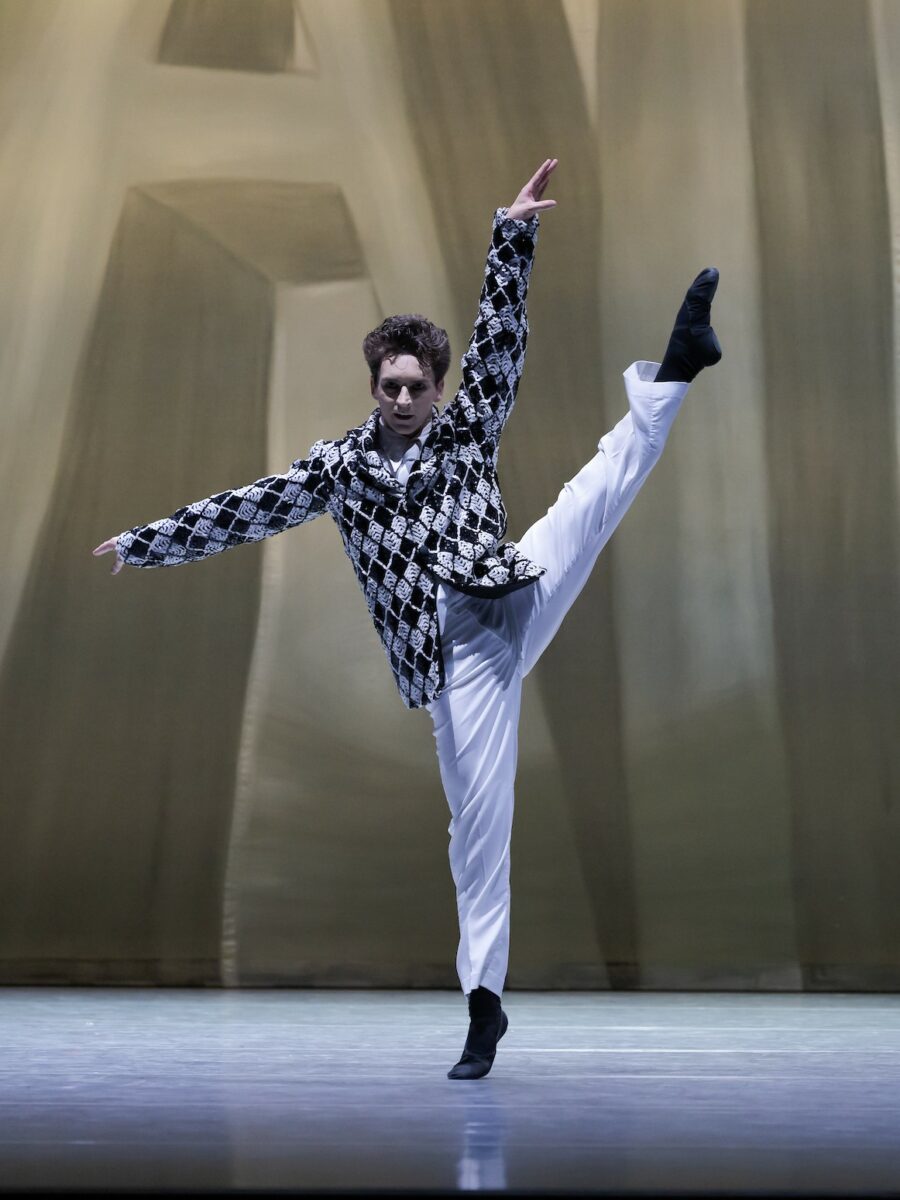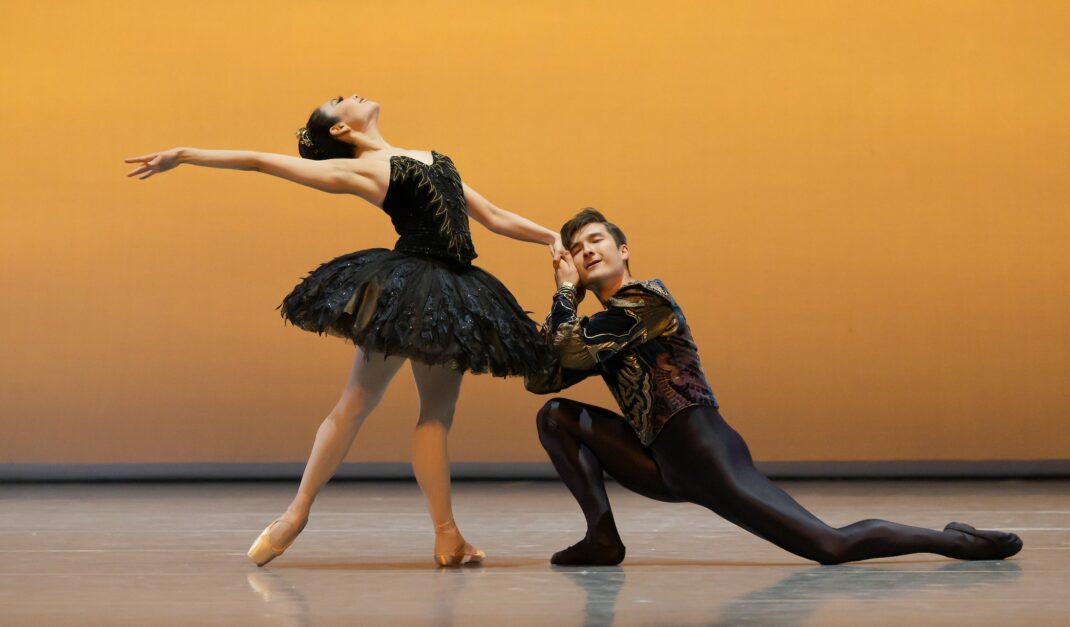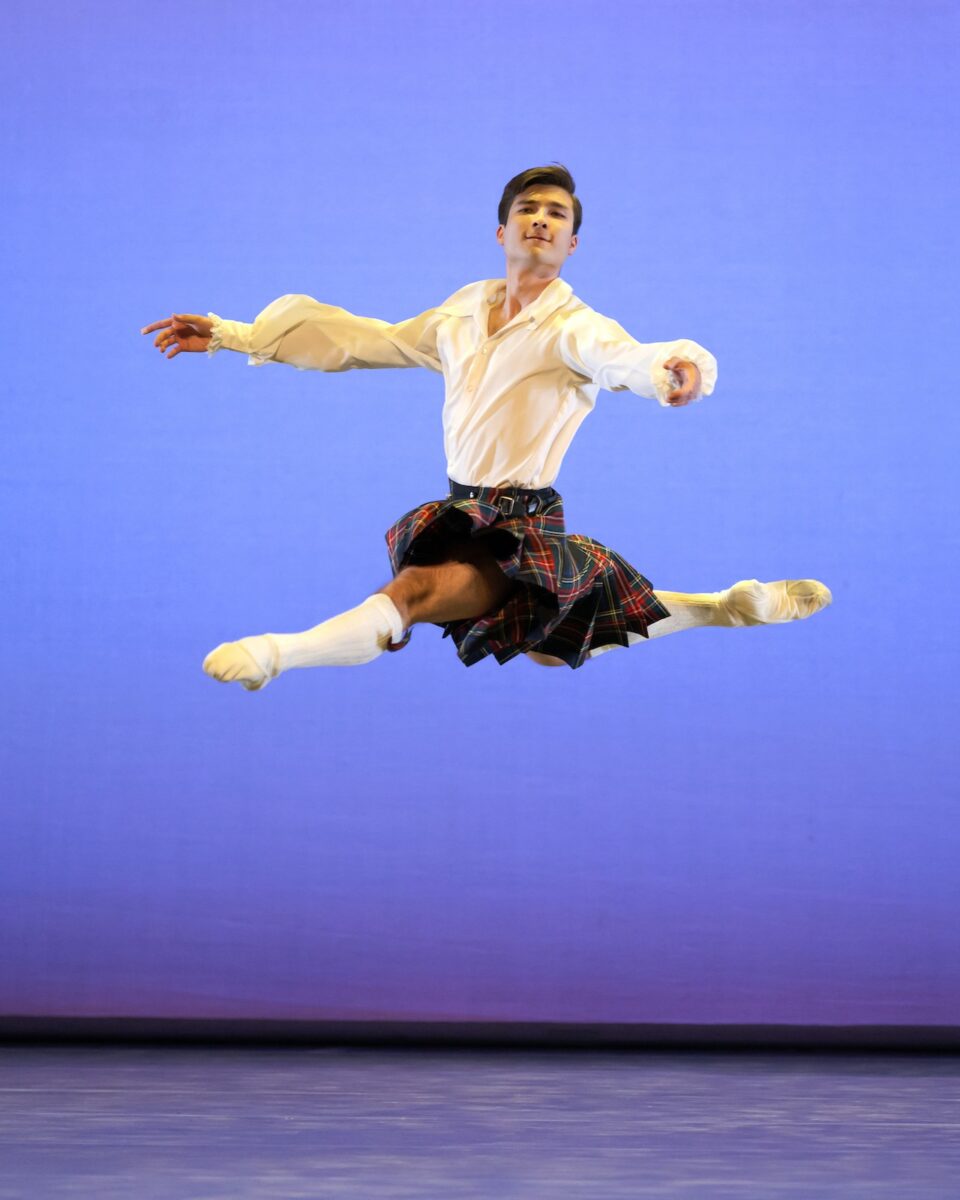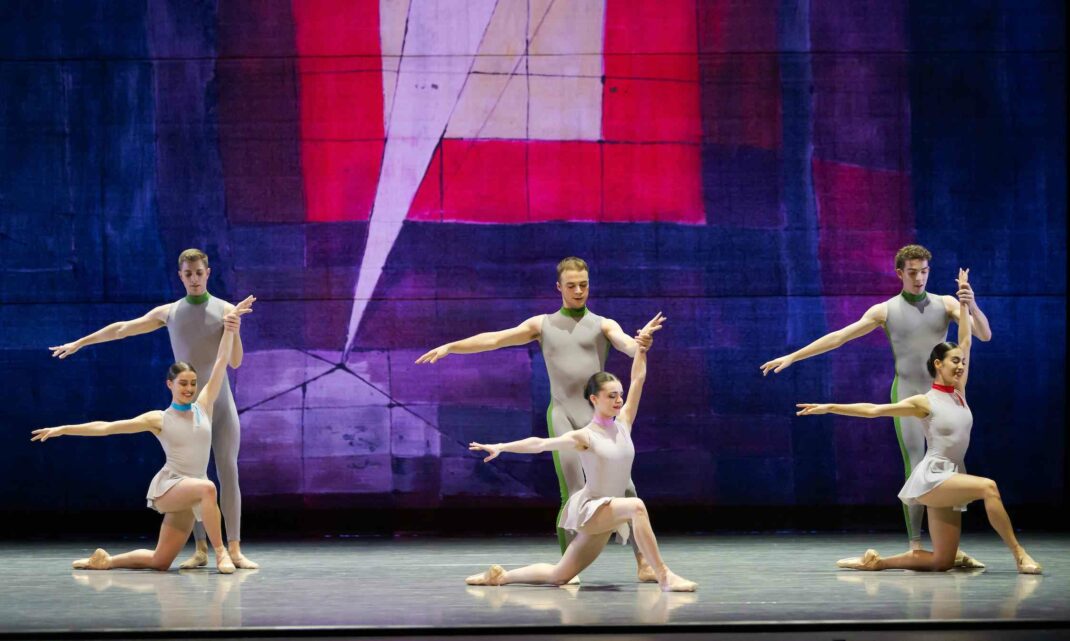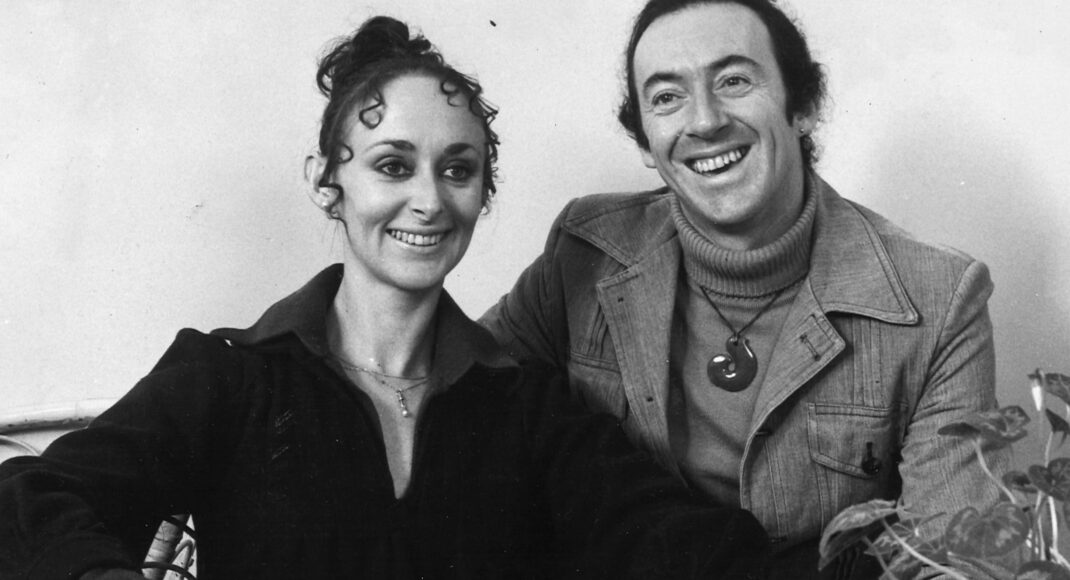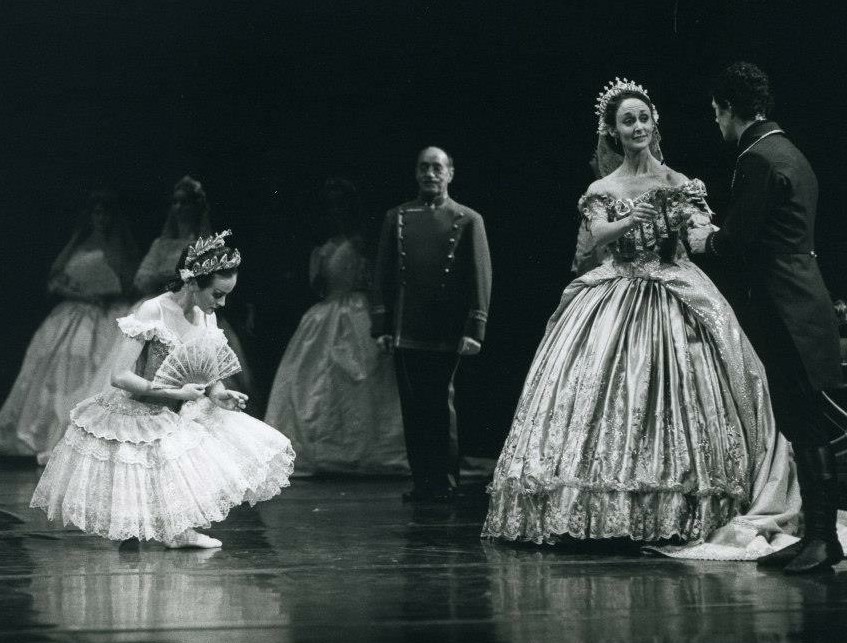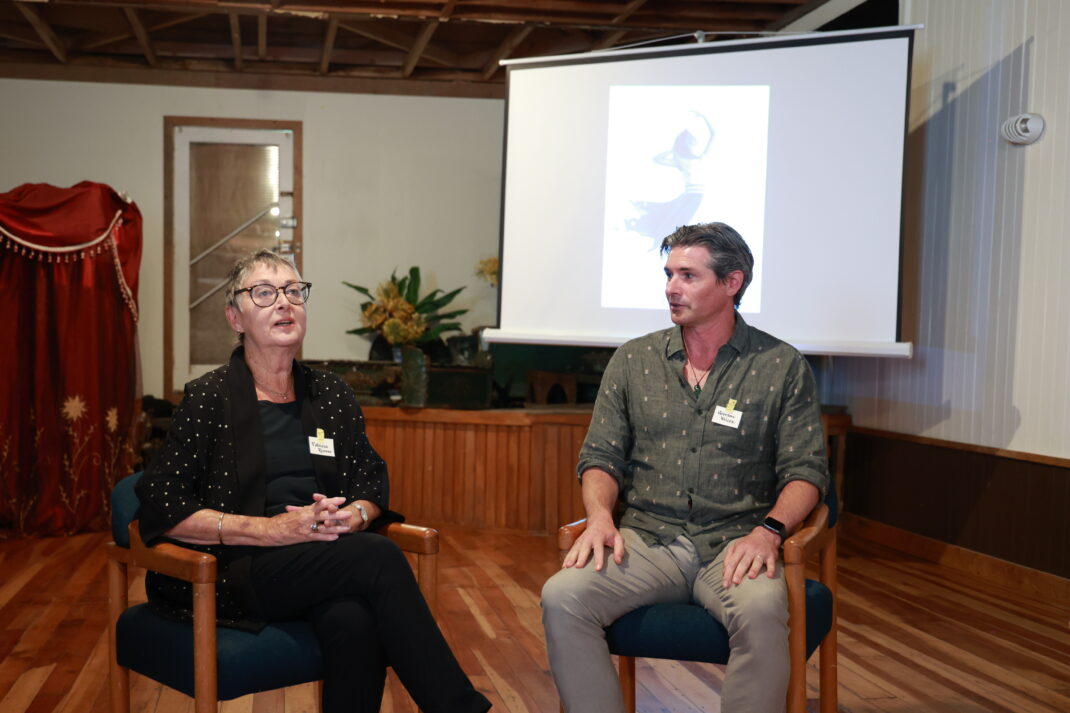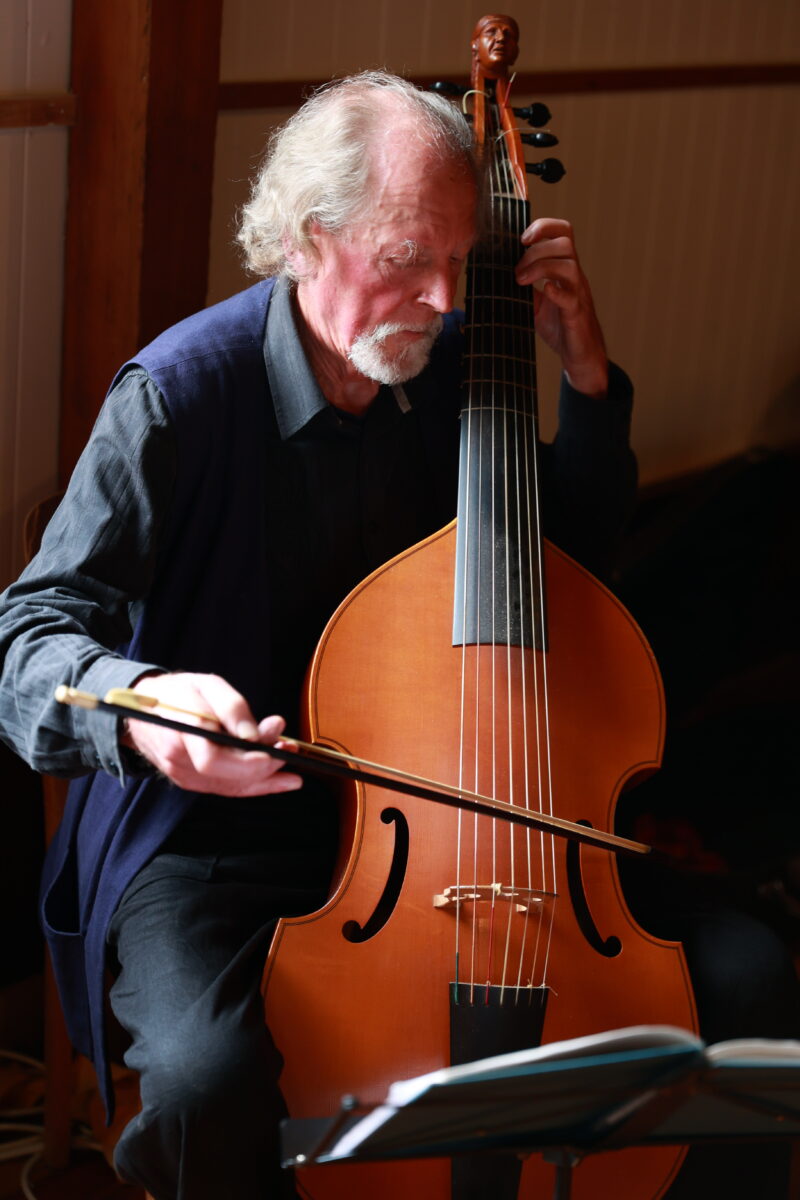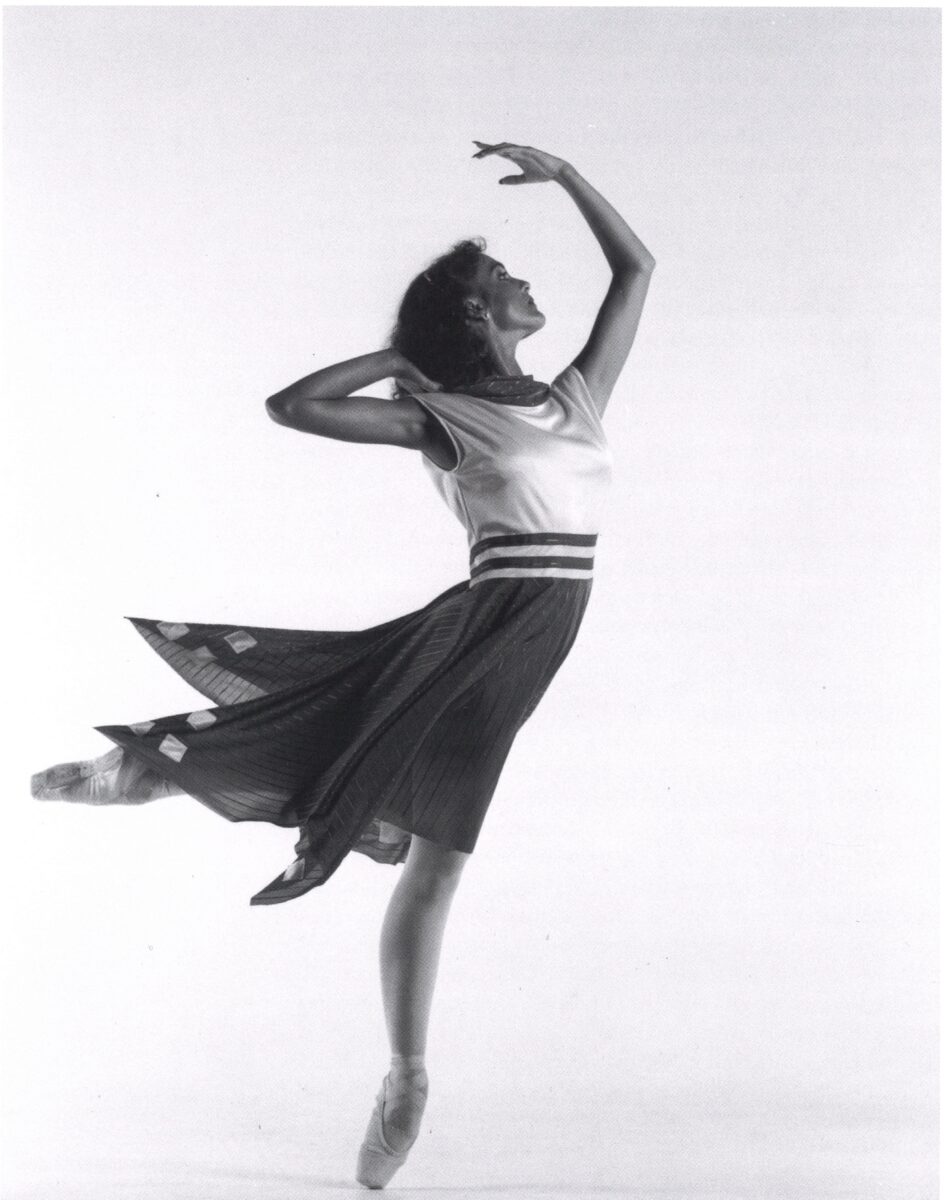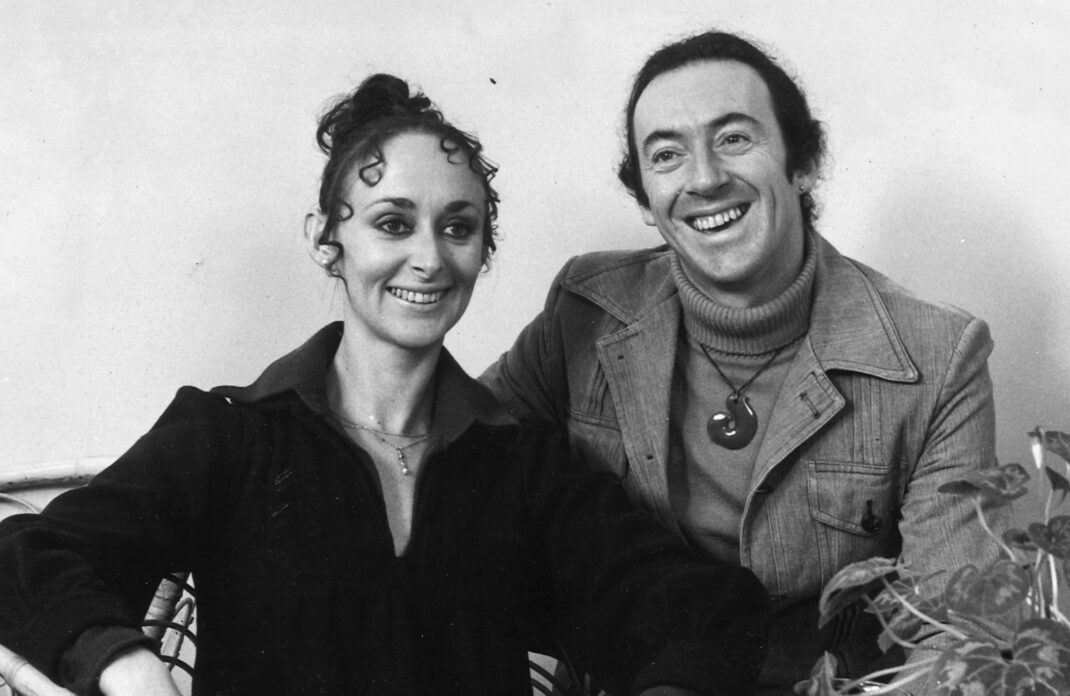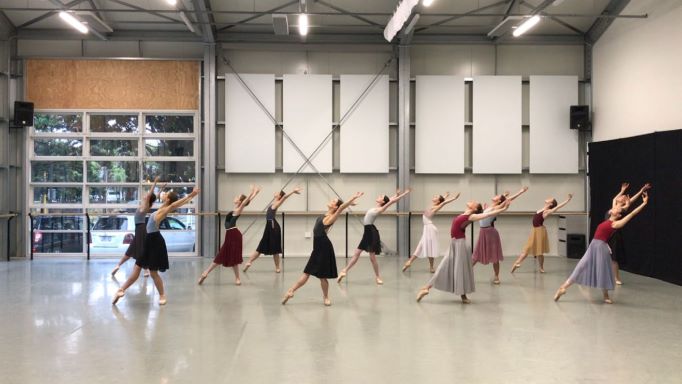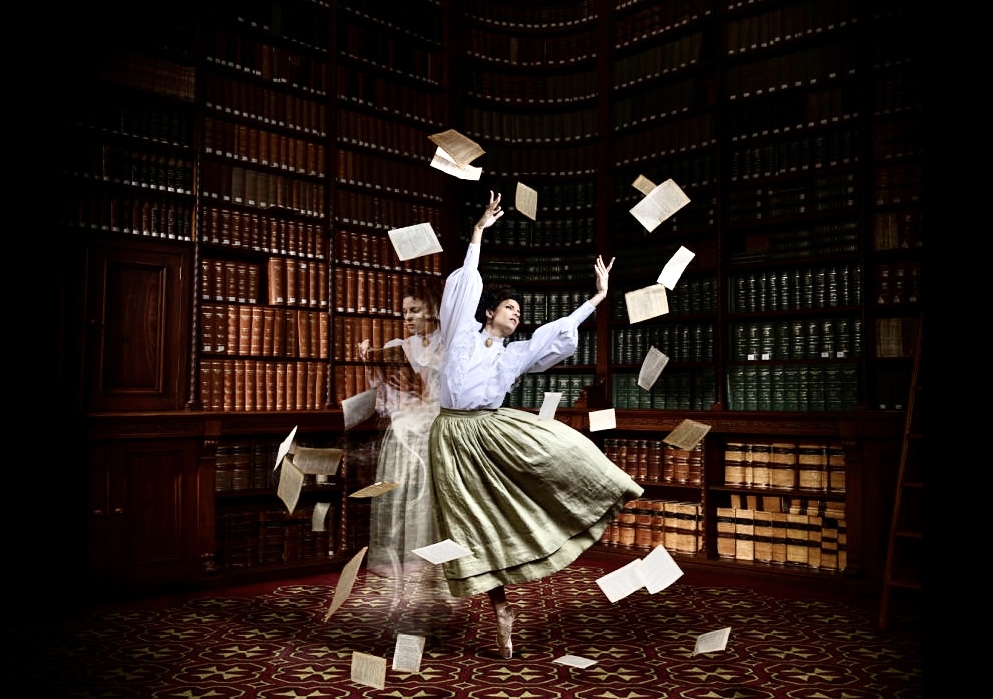Production by Russell Kerr, staged by Turid Revfeim—alternate casts in continuing Wellington season
reviewed by Jennifer Shennan
I have been privileged to see the three casts of the Wellington season of Swan Lake, in Russell Kerr’s pedigree production (and note there is also a fourth cast, though not performing in the capital). It’s impressive that a relatively small ballet company can field that number of Principals since ours is half or a quarter the size of major world companies who would stage a Swan Lake.
We might also score as the world’s most widely nationally touring company. That dates back to 1950s when Poul Gnatt took ballet to 156 towns throughout the country each year. In part the geography of Aotearoa New Zealand allowed that, provided you could find the stamina, but it was also Gnatt’s intent to take ballet to the people, to the farming community, to schools, to local towns where billets were forthcoming and the provision of suppers became a thing of some local competition—in contrast with his own homeland where people had to travel to Copenhagen to see their national company. Gnatt’s vision seems to have worked since sell-out shows of Swan Lake around the country are still happening, and the zeitgeist of the Company today is causally connected to those beginnings.
I said in my review of this production’s opening night that the corps de ballet of swans are making a particularly beautiful line-up, and that is impressive since most of them would not have danced Swan Lake before. Also noteworthy is that none of the Odette/Odile-Siegfried casts has ever danced these full-length roles before either. And what’s more you can spy last night’s Swan Queen in the line-up of Princesses dancing at court tonight, and here amongst the corps de ballet tonight, as a fragile and beautiful but anonymous swan, is tomorrow’s Odette/Odile. Perhaps it is the freshness of so many premiere performances that is contributing to the rich and committed quality of this production. That, and the staging by Turid Revfeim.
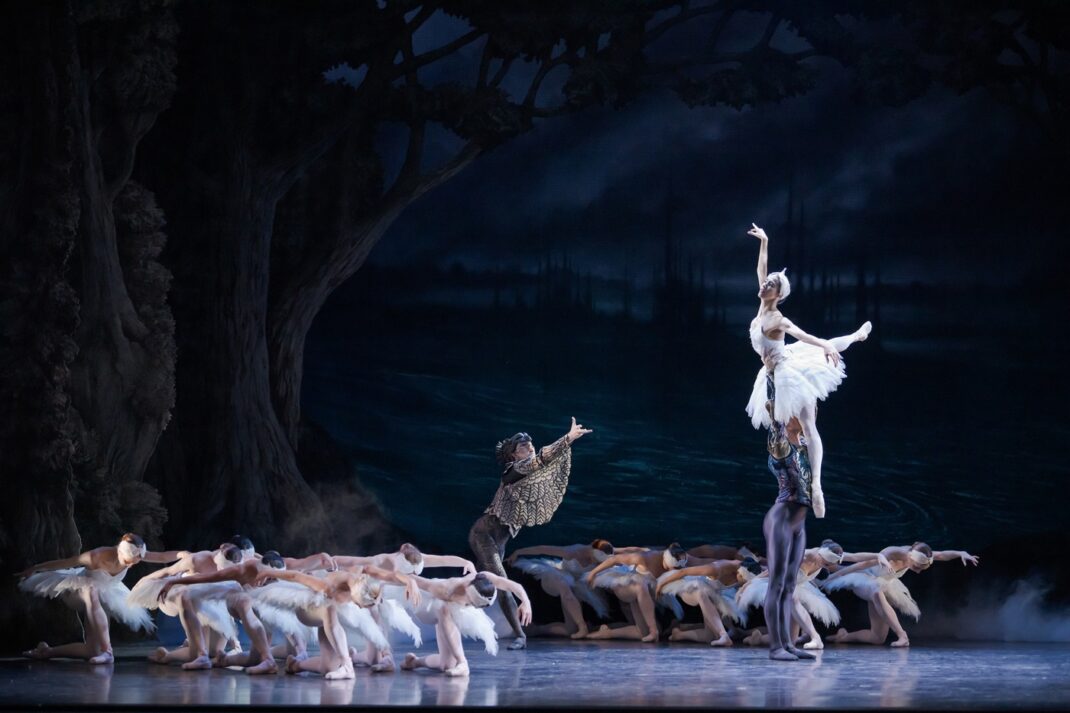
Kate Kadow as the Swan Queen uses her statuesque physique to real effect and gives a striking performance particularly as Odile. Her Siegfried, Branden Rainers, is a strong and secure partner.
Ana Gallardo Lobaina and Joshua Guillemot-Rodgerson make another fine pairing in the title roles, again spectacular in the Odile-Siegfried liaison. The solo of the melancholy prince alone on stage between acts is a poignant and beautiful performance I will long remember.

It is quite a moment when after the matinee performance Ty King-Wall, the Company’s artistic director, takes the stage to announce that both Ana Gallardo Lobaina and Joshua Guillemot-Rodgerson are being promoted to the rank of Principal.
A ballet stage is usually full of beautiful things many, many times rehearsed and then impeccably delivered. Improvisation and spontaneity are not normally on offer, so it is quite wonderful to watch Gallardo Lobaina overwhelmed at the surprise announcement. ‘Is she laughing or crying’ is the 4 year old’s urgent whisper beside me in the dark. The answer is ‘yes’ since she is a quivering, laughing, crying dancer who hasn’t rehearsed this bit, but eventually, after several minutes, finds a fist punch to say ‘OK. Yes. I accept.’
The Jester in that cast, Dane Head, is a truly mischievous character with impeccable timing throughout (echoes of a Mercutio or a Harlequin in some other ballet). Von Rothbart, here played by Zacharie Dun, also has the week’s edge of that role in his scheming duplicity and evil intent (reminding me of the Devil in Denis Potter’s Brimstone and Treacle, that tour de force of the theatre). Paul Mathews, returning from retirement to play the somewhat bumbling old Tutor Wolfgang, of course wears the same costume by Kristian Fredrikson as did the late Jon Trimmer who created the role, and we welcome the reminder of that.
Russell Kerr’s catch-cry was always ‘There’s no such thing as a small part’ and that would explain why every performer in his productions makes the stage their own. The Spanish, Hungarian and Italian entertainers at court, in von Rothbart’s thrall, are delivered with exceptional panache. Catarina Estevez-Collins has a stand-out quality, but it’s always Kirby Selchow who steals my eye. She is the character who acts before she dances, whereas in ballet is mostly the other way round. Calum Gray continues to impress, and he will likely be a Siegfried in years to come.
Katherine Minor, the ‘fourth’ Odette/Odile (with Kihiro Kusukami as Siegfried) is the cast I didn’t see. Minor is in the corps of swans each night in Wellington, they are all immaculate and identical but there’s an aura of Olga Spessivtseva about Minor that uncannily marks her out from the rest (and what’s more she is a dead ringer lookalike of former Royal New Zealand Ballet dancer, Fiona Tonkin— now there’s New Zealand ballet history for you).
We have already seen Minor as Odile in a recent Tutus on Tour program so we know she can do it, but it’s always the matter of how evenly and convincingly Odette and Odile will play off the double sides of that single role that takes us back to the next performance. In this season and by my reading, it is Mayu Tanigaito who plays both aspects equally and deeply, right from the get-go—the subtle and anguished Odette, equally with the sparklingly duplicit Odile (possibly the somewhat ‘easier’ role to smash out? Who knows? Ask the dancers). Tanigaito appears as each of these persona before she even starts dancing. How that mystery, that alchemy works is another reason we go back to the ballet. So sadly, I’ll just have to imagine how Minor is playing out her double character in the role of a lifetime.
Of course, what Swan Lake is ‘really about’ is the emotional stamina required to continue living when your beloved partner has had to leave—in other words, it’s an essay on grief, how to live with the memory of someone after von Rothbart has stolen her away. That’s ‘really’ why we go to back to see Swan Lake, and why Russell Kerr’s quiet mastering of the layered and ambiguous ending is so very consoling, so very finely wrought.
Jennifer Shennan, 12 May 2024
Featured image: Kate Kadow as Odile with Branden Reiners as Siegfried in Swan Lake Act III. Royal New Zealand Ballet, 2024. Photo: © Stephen A’Court

